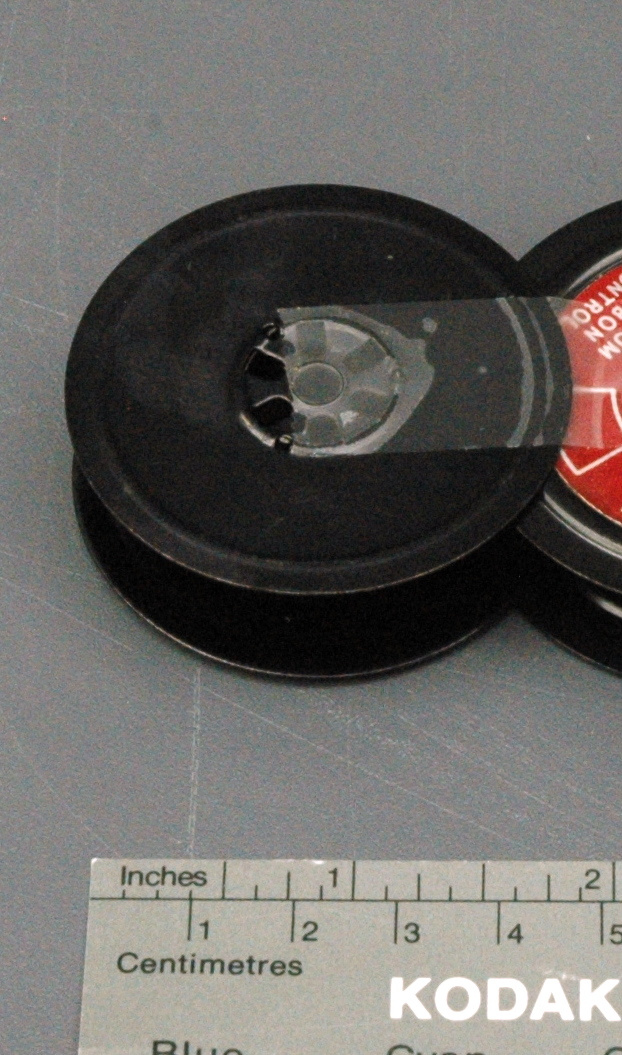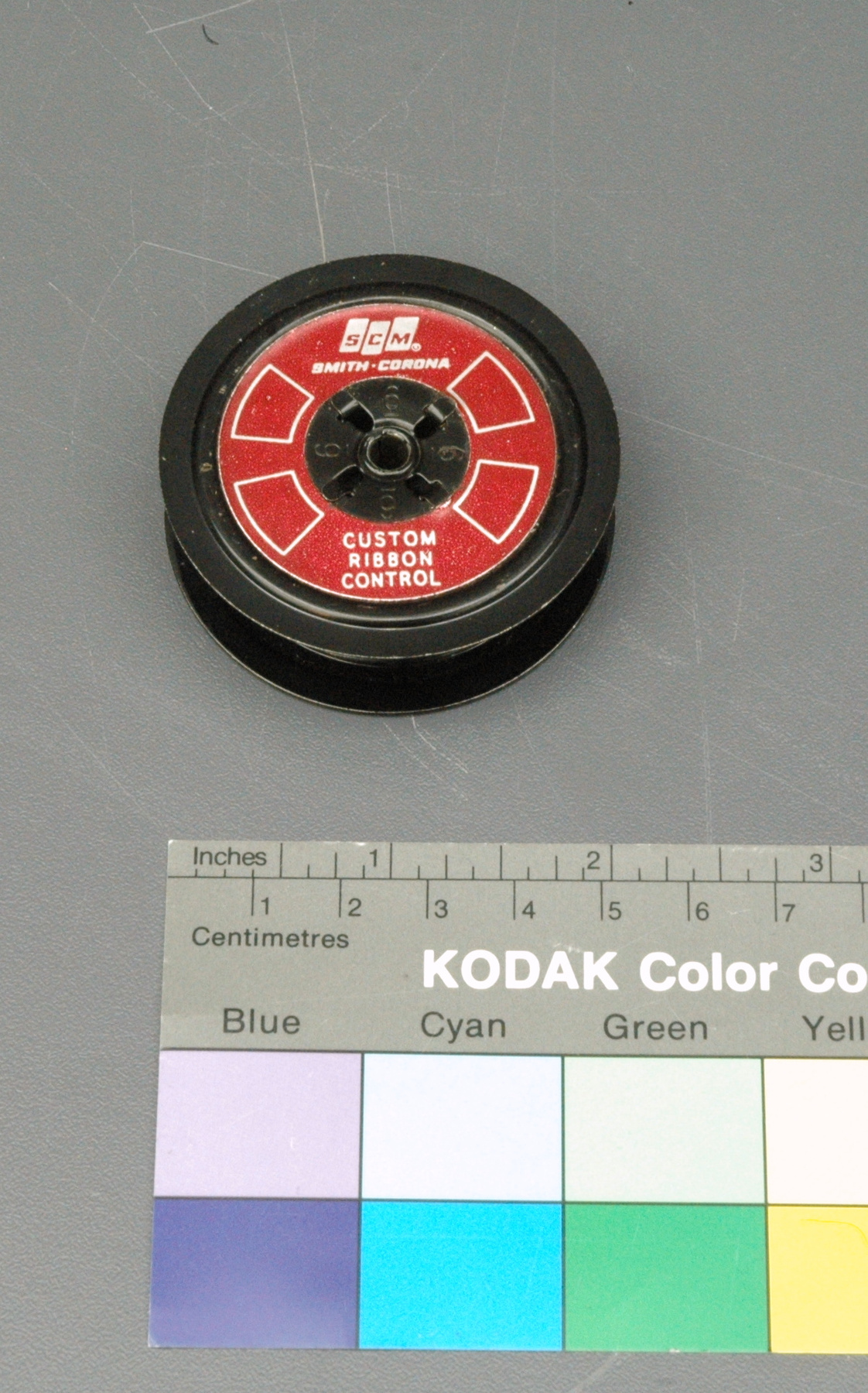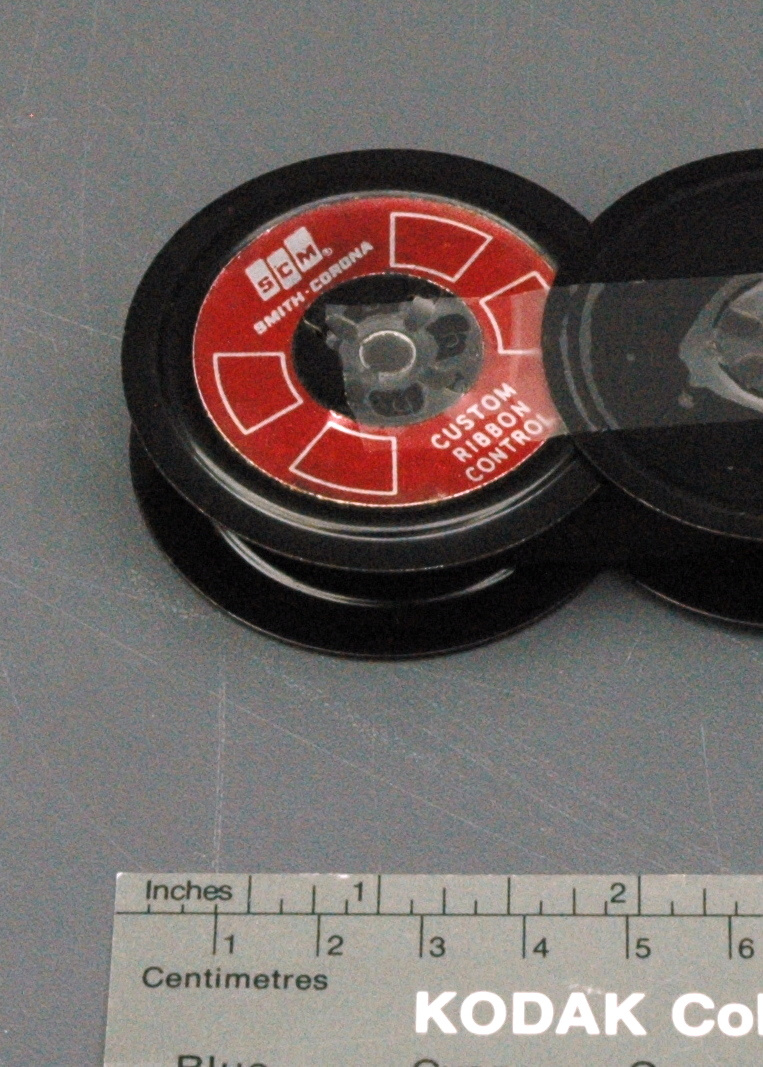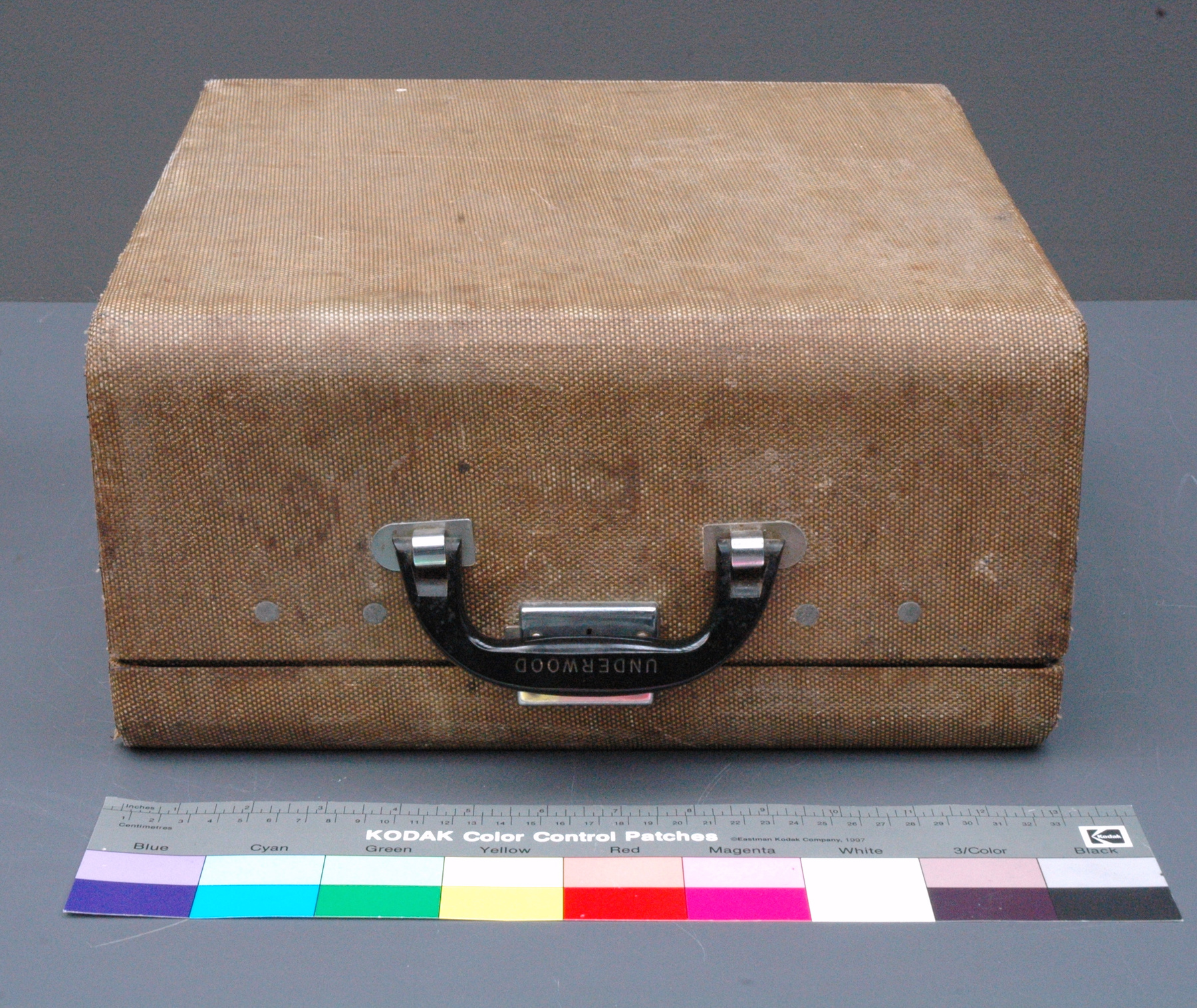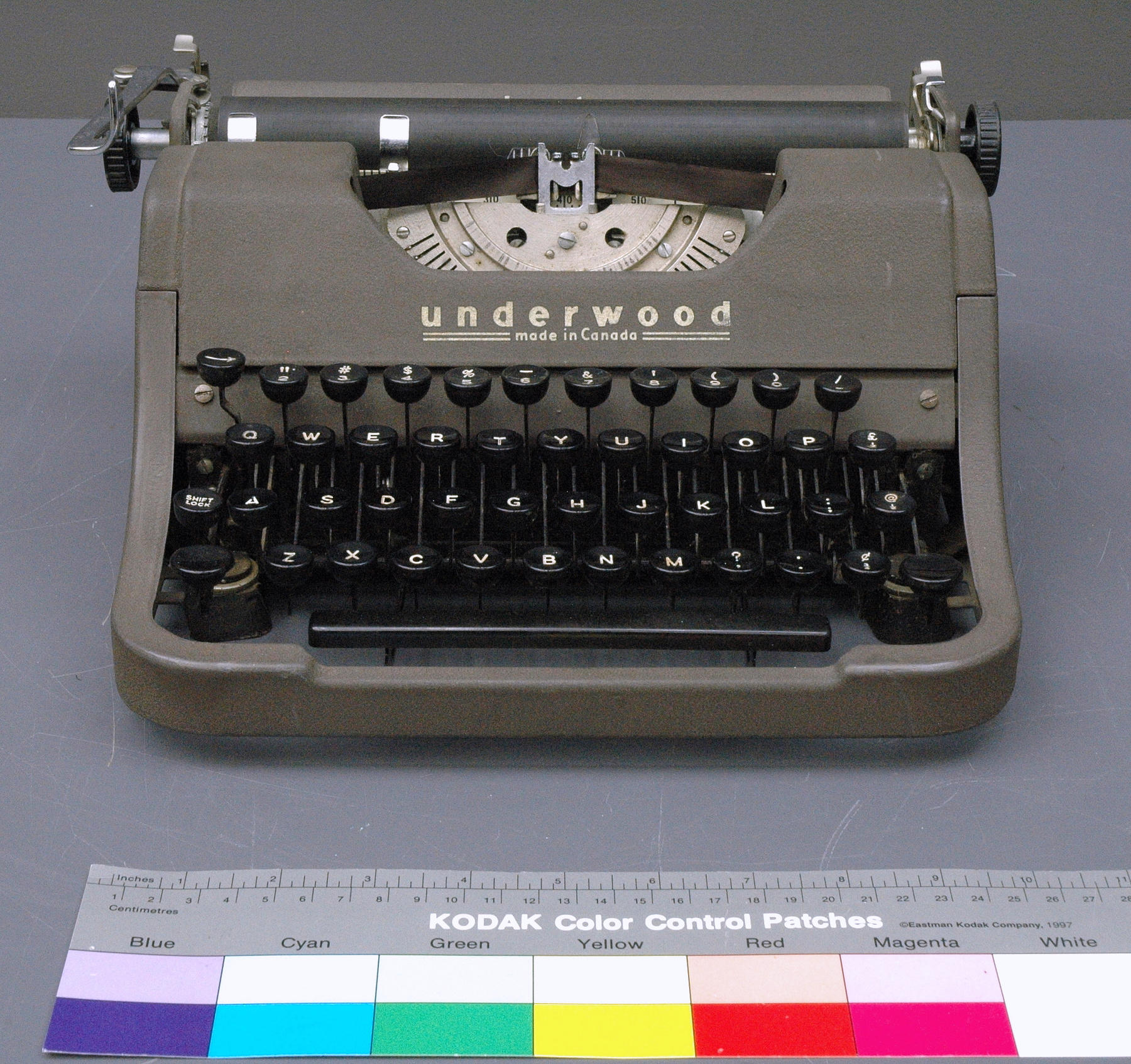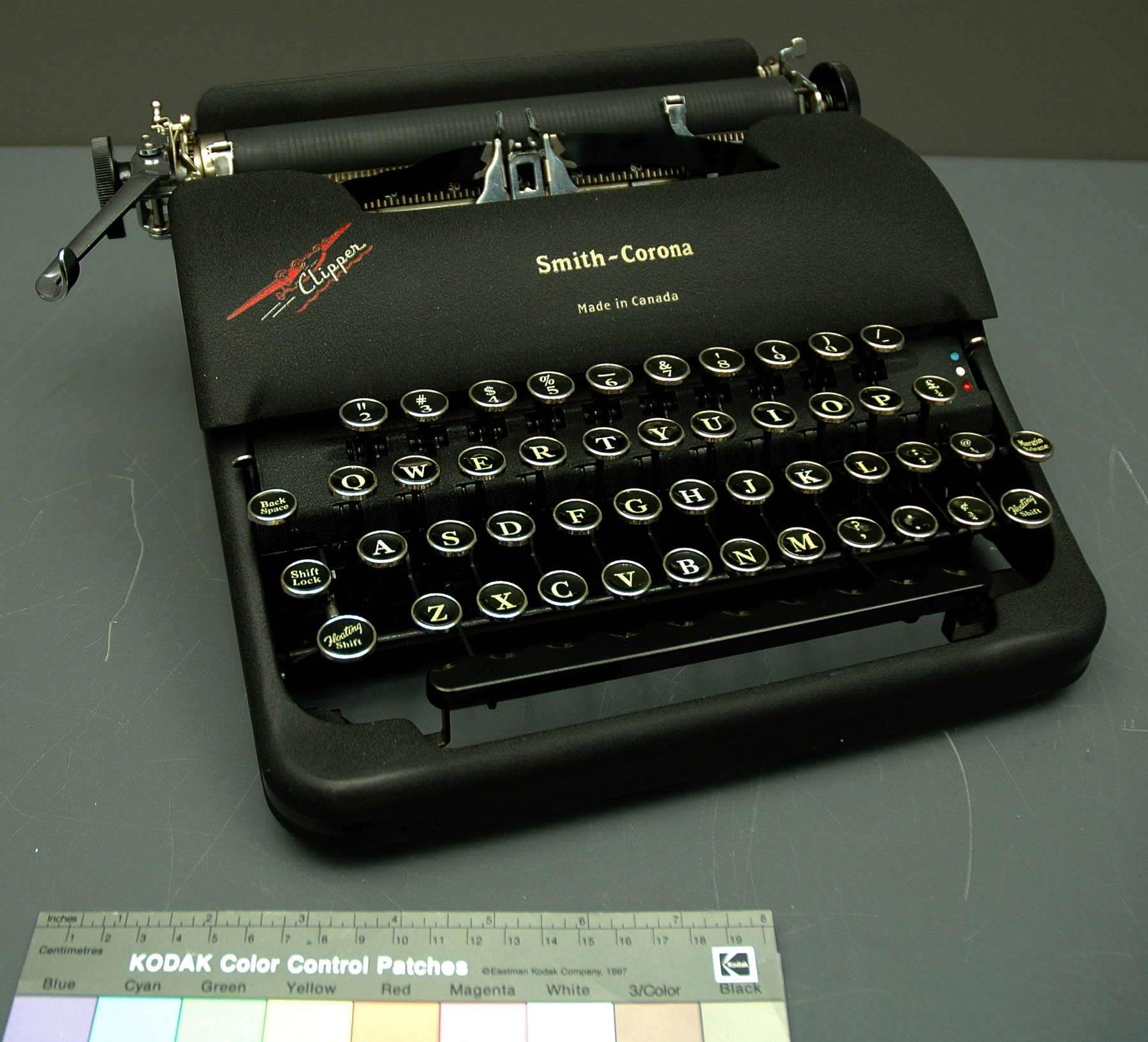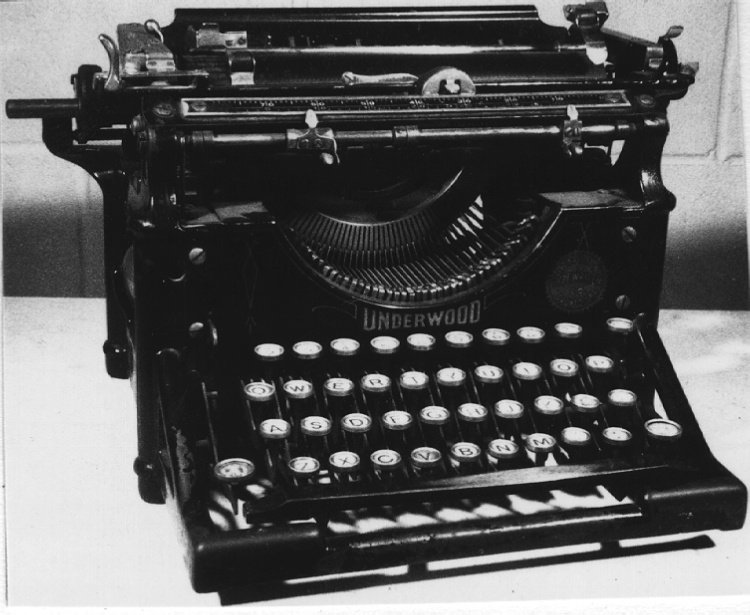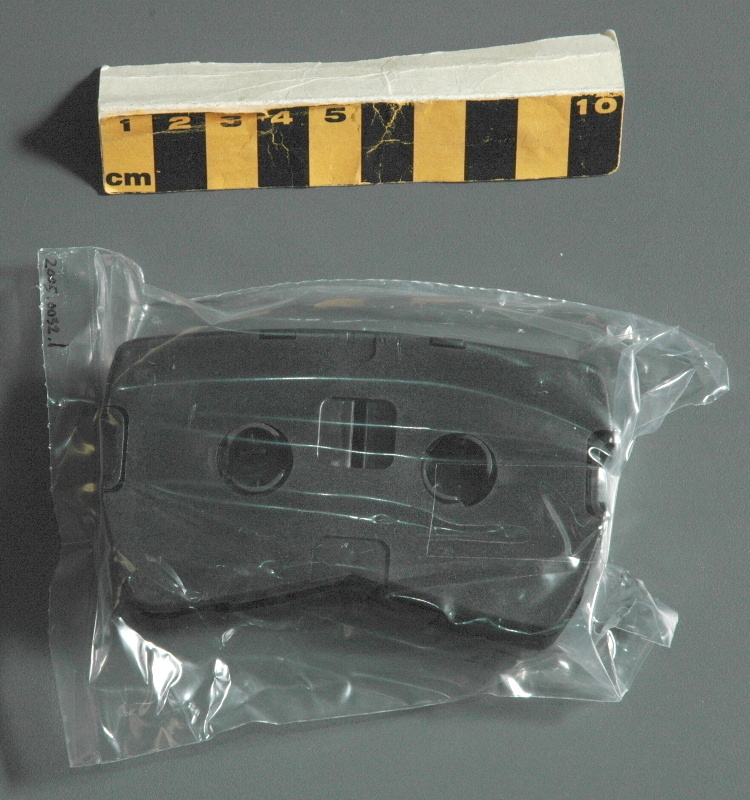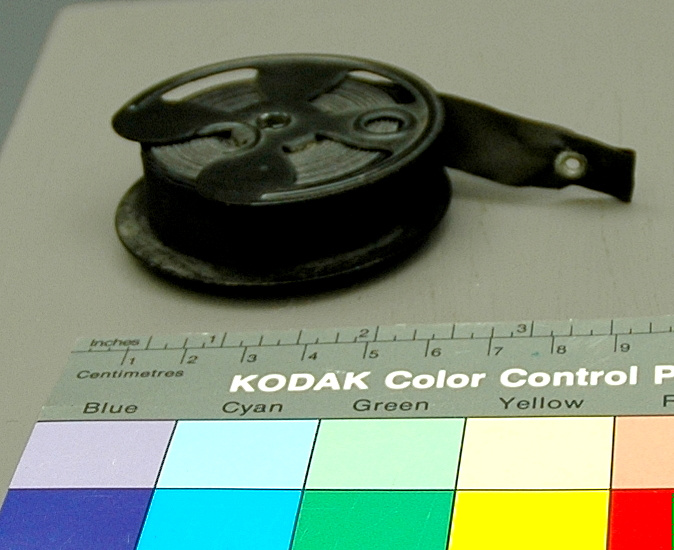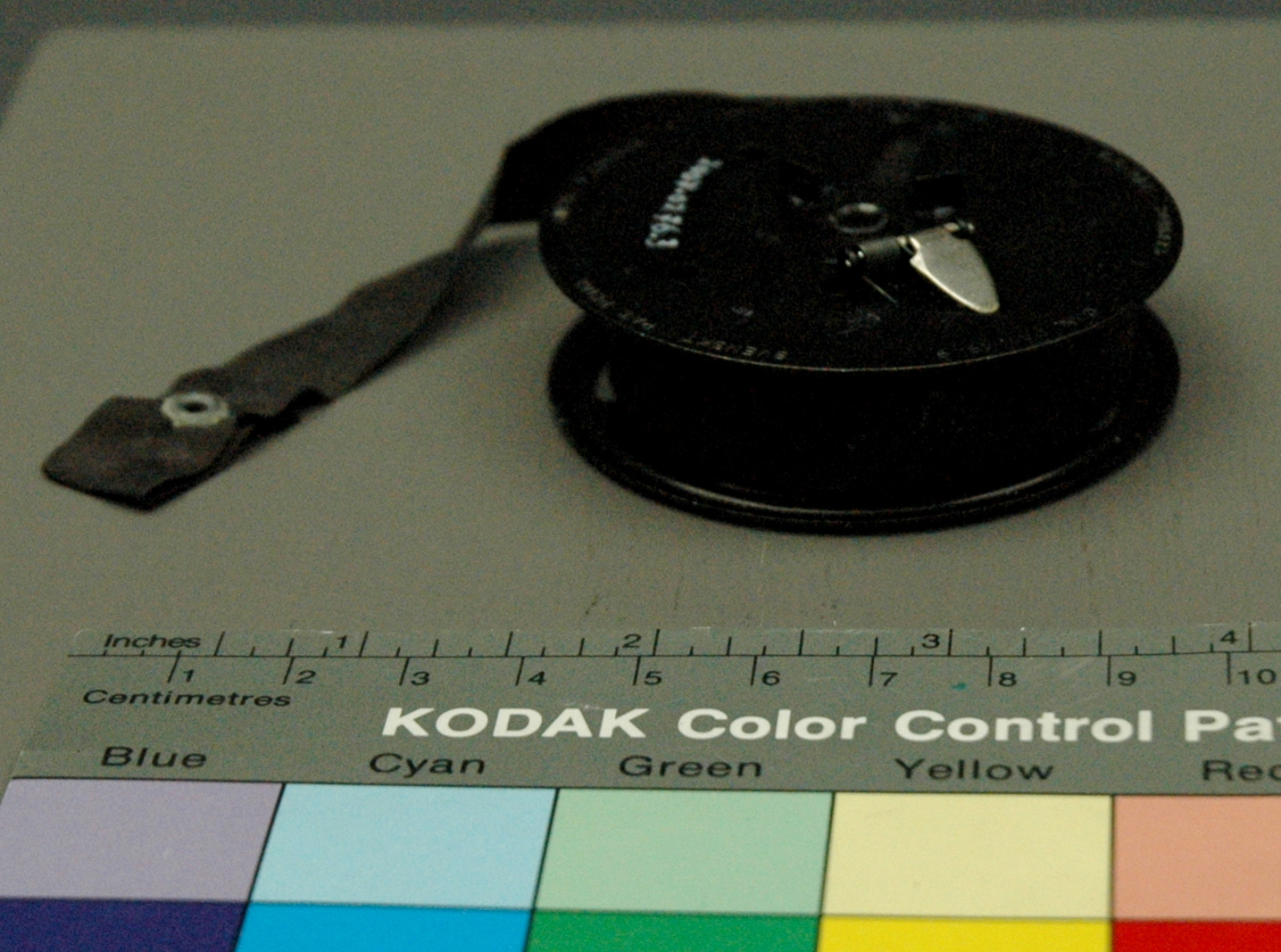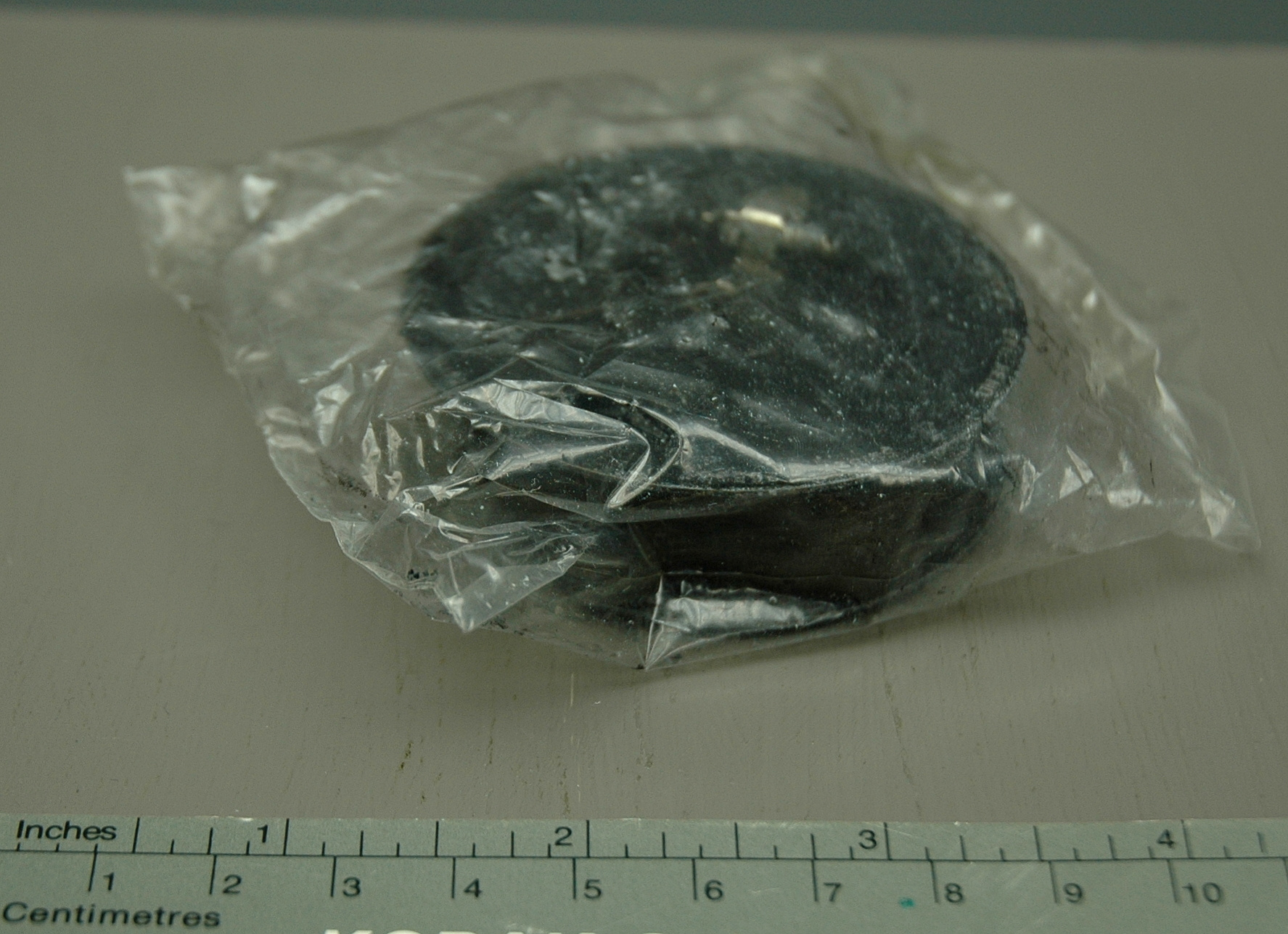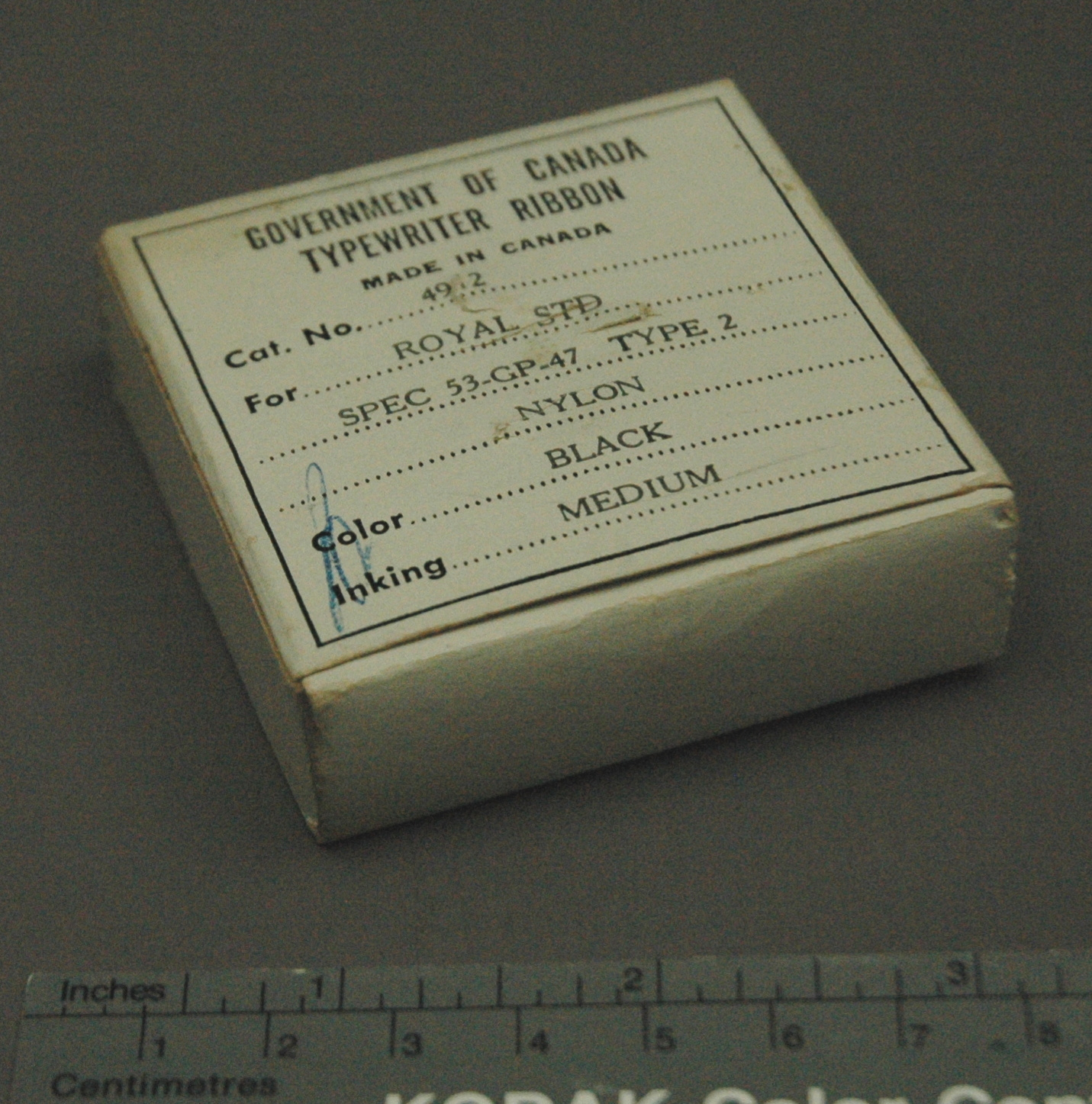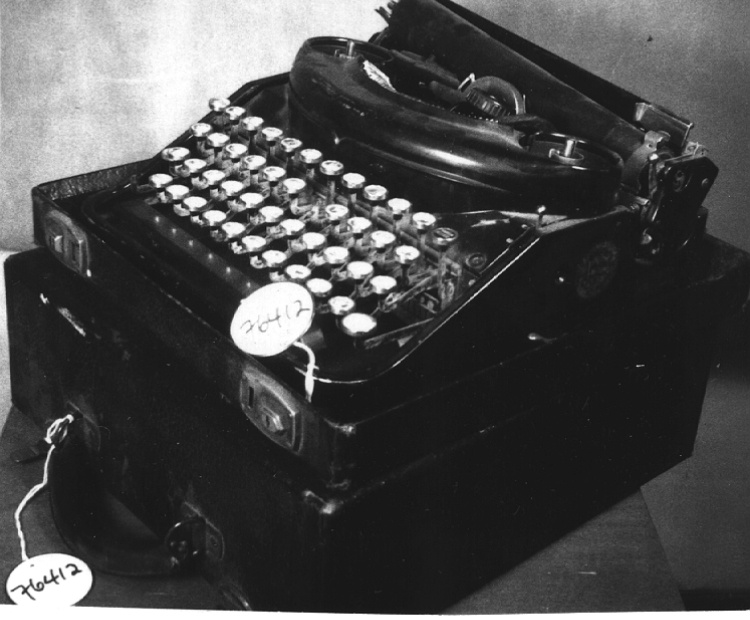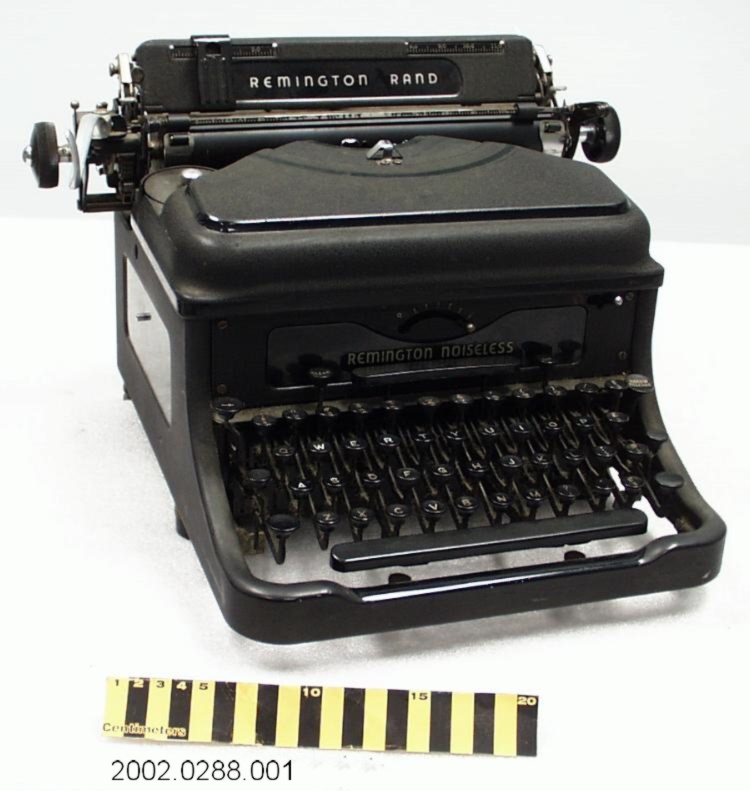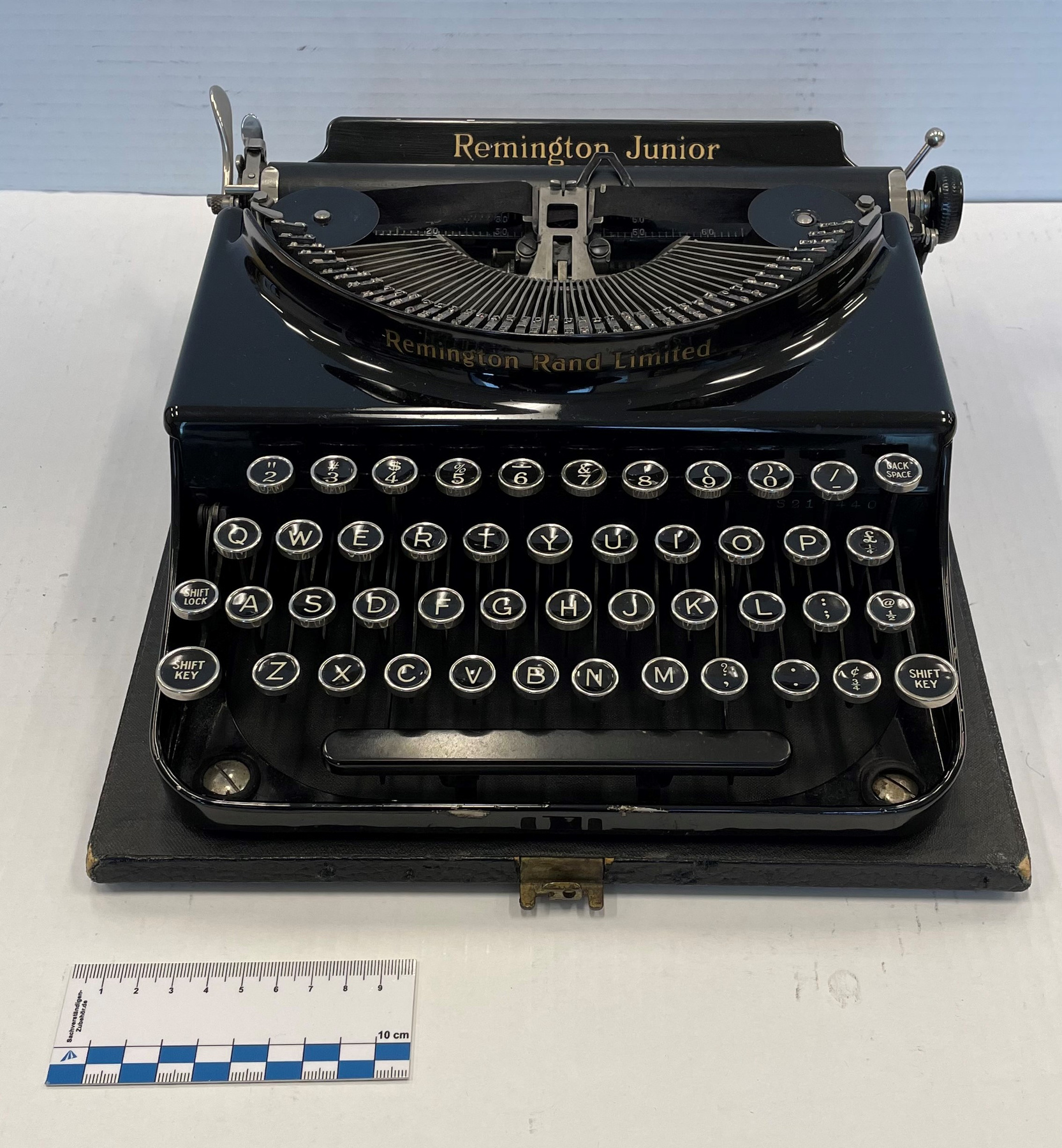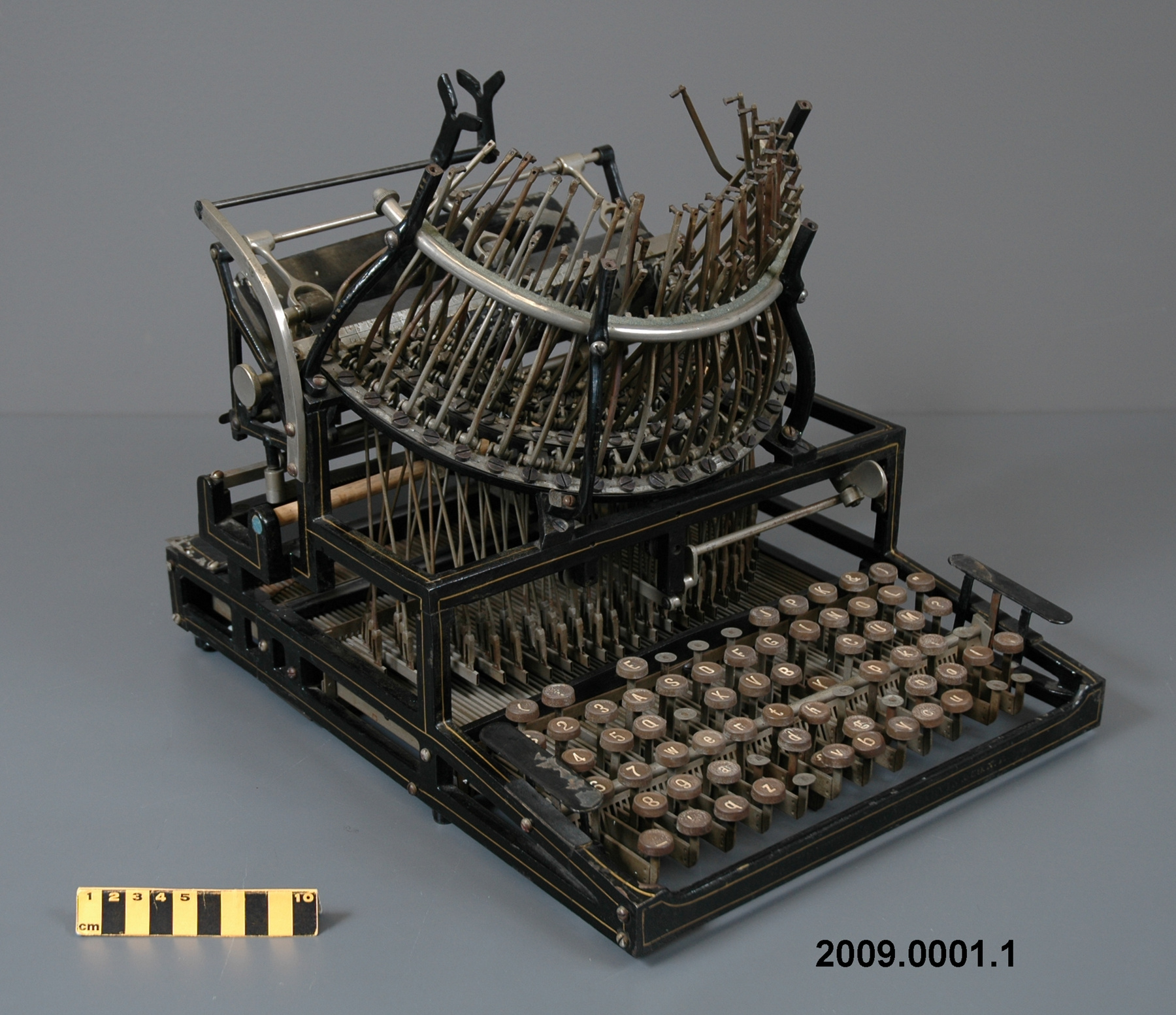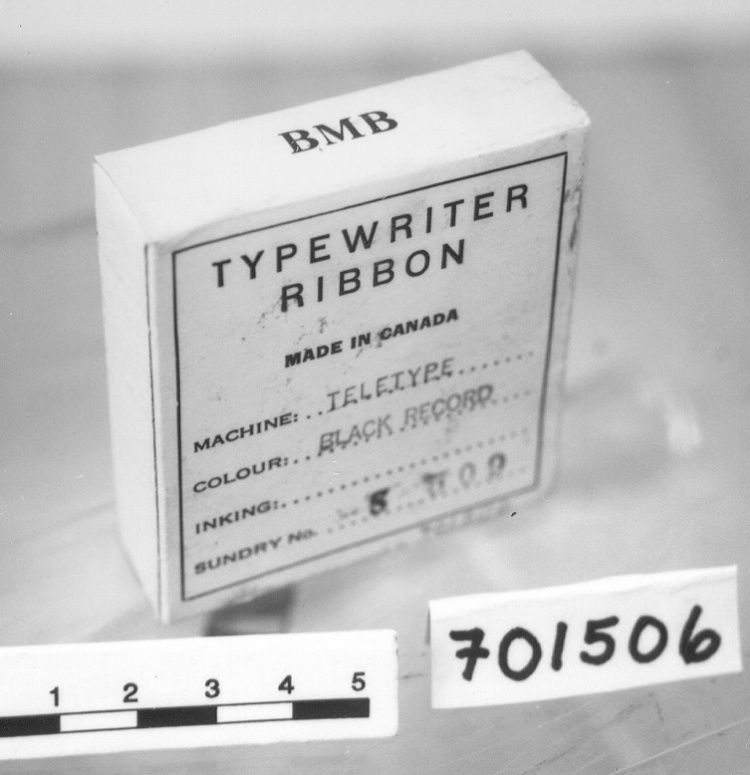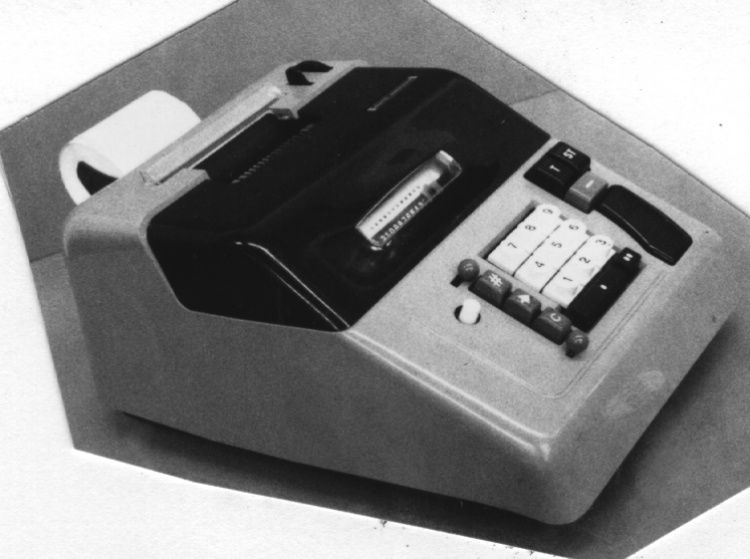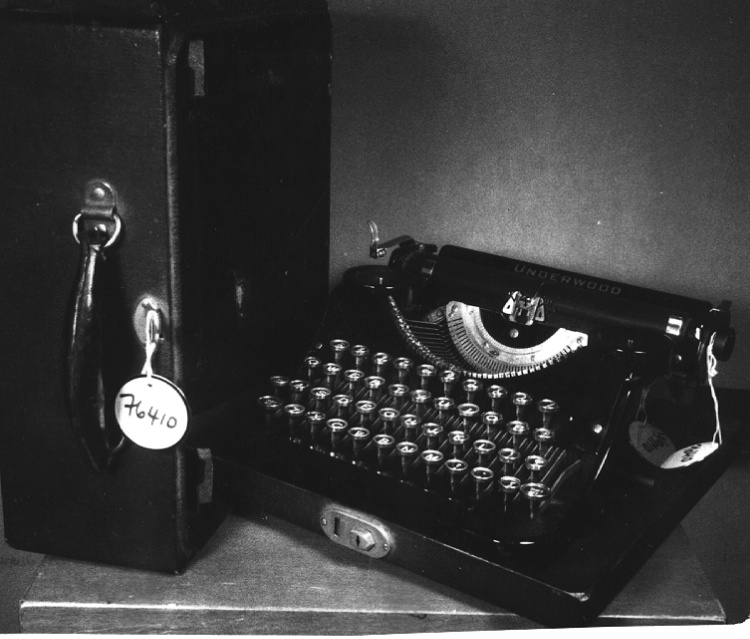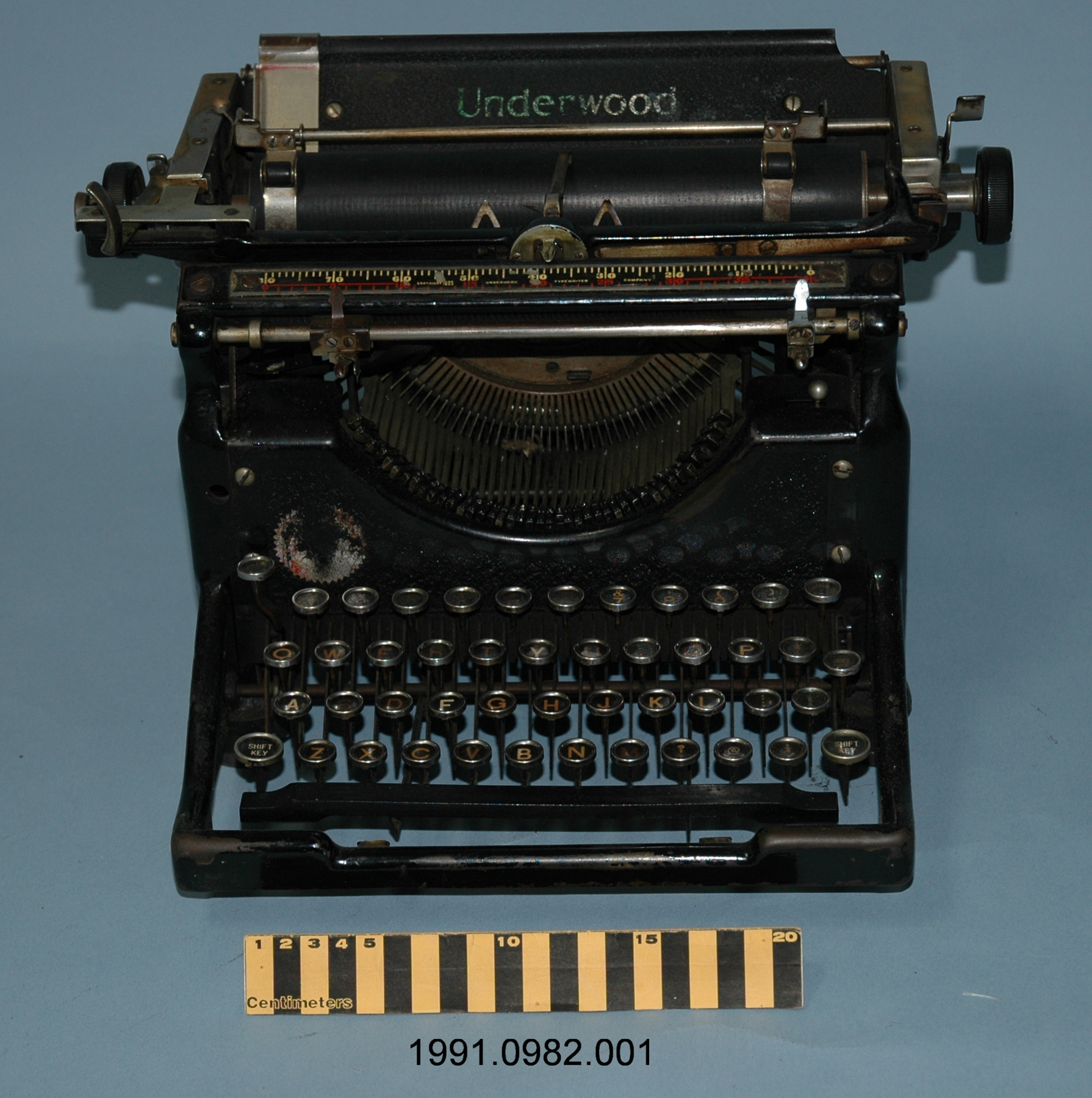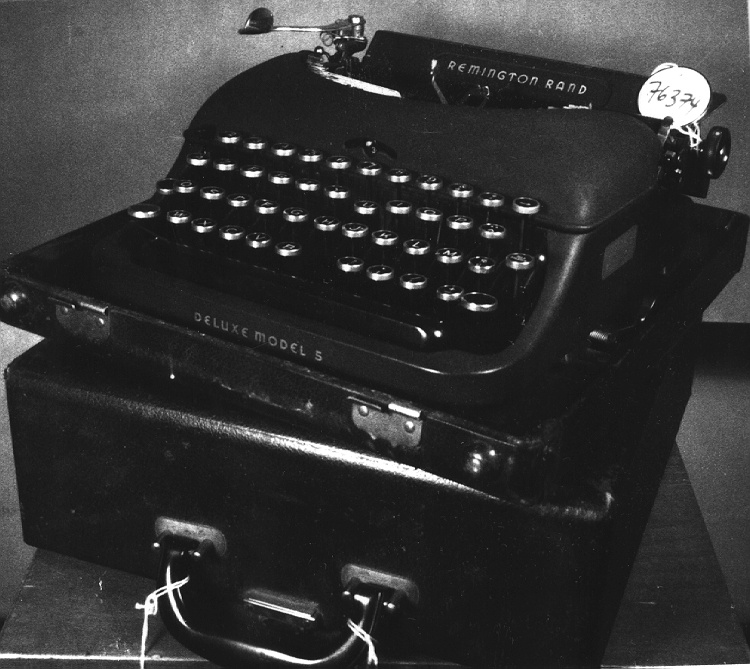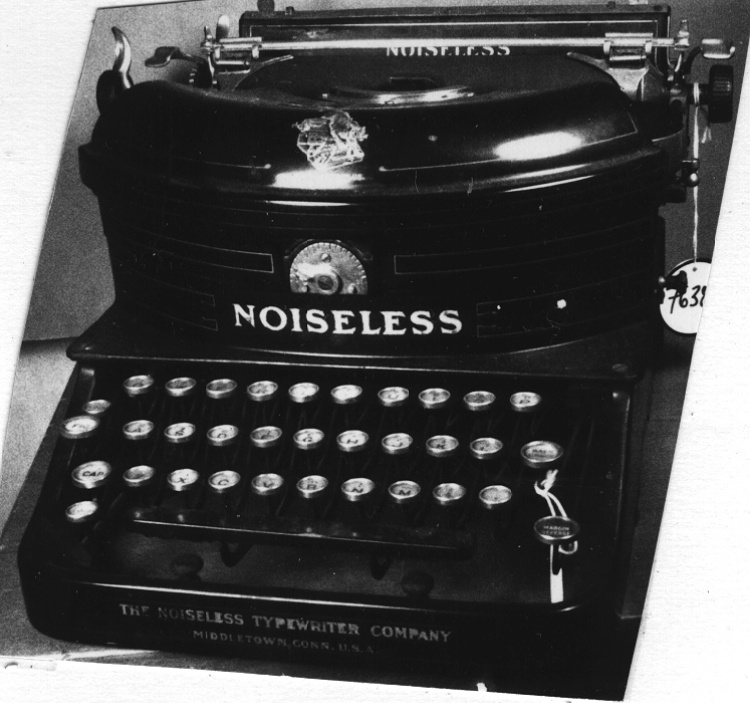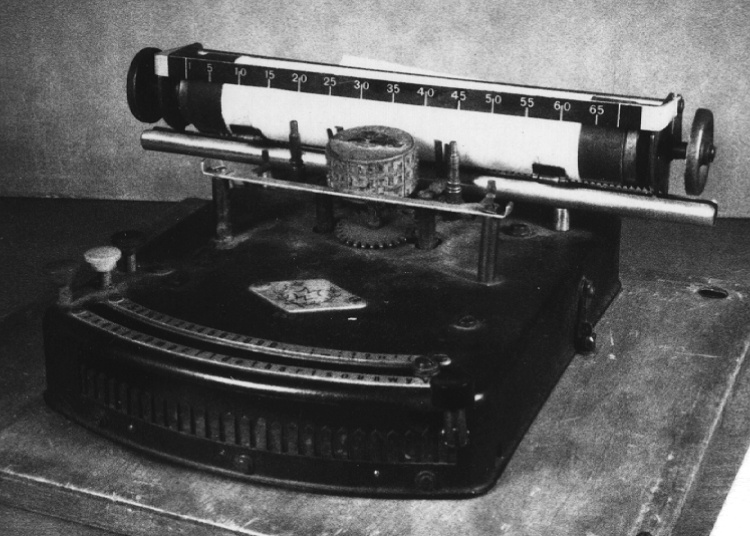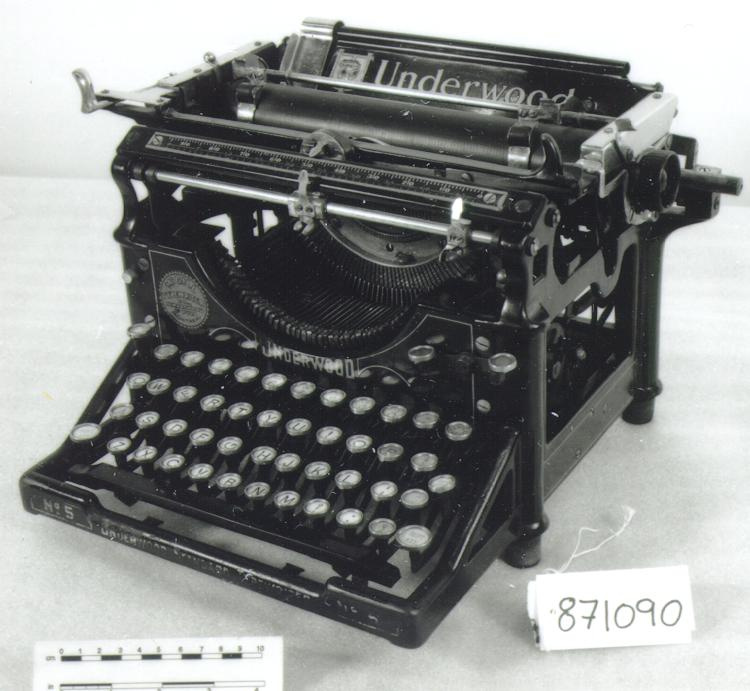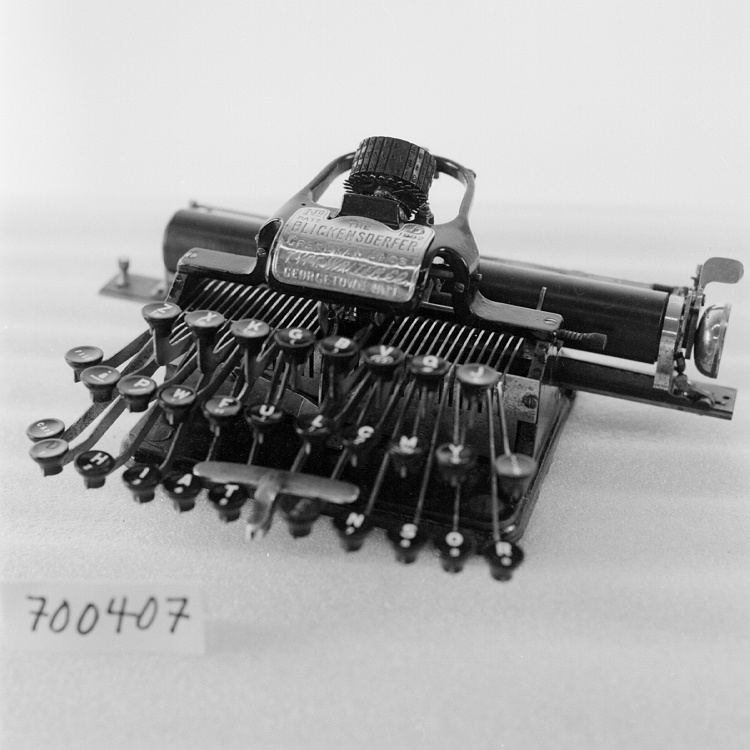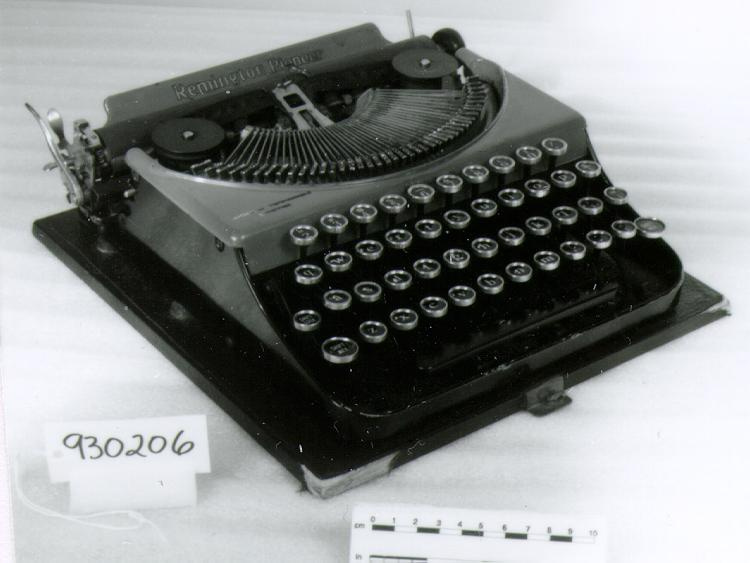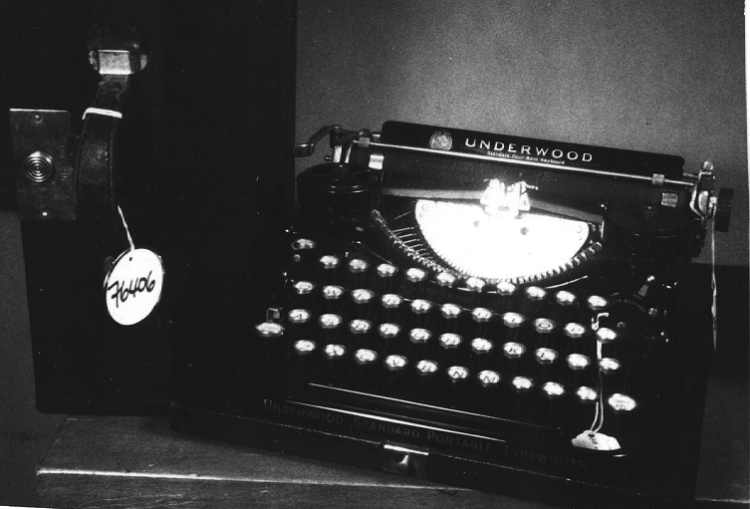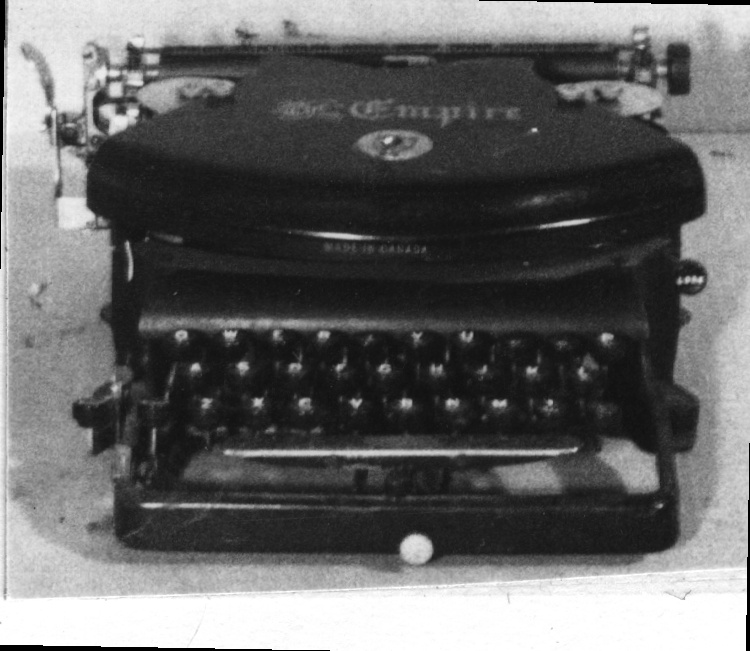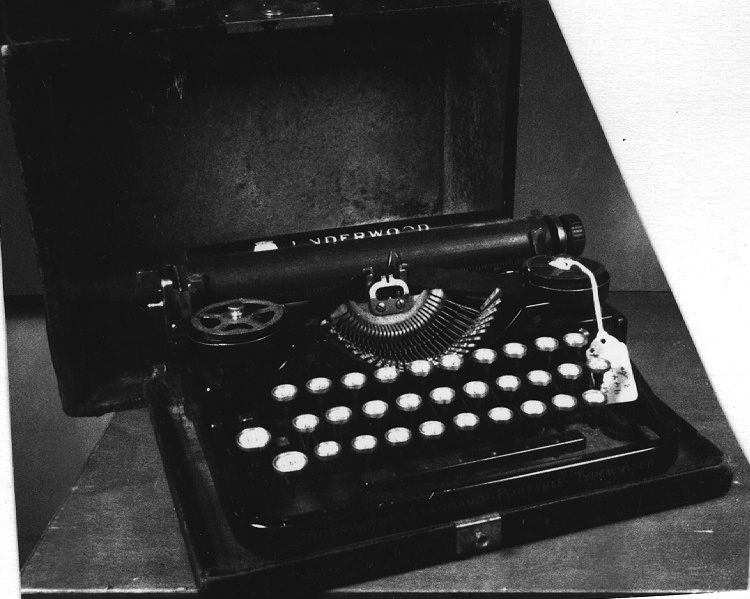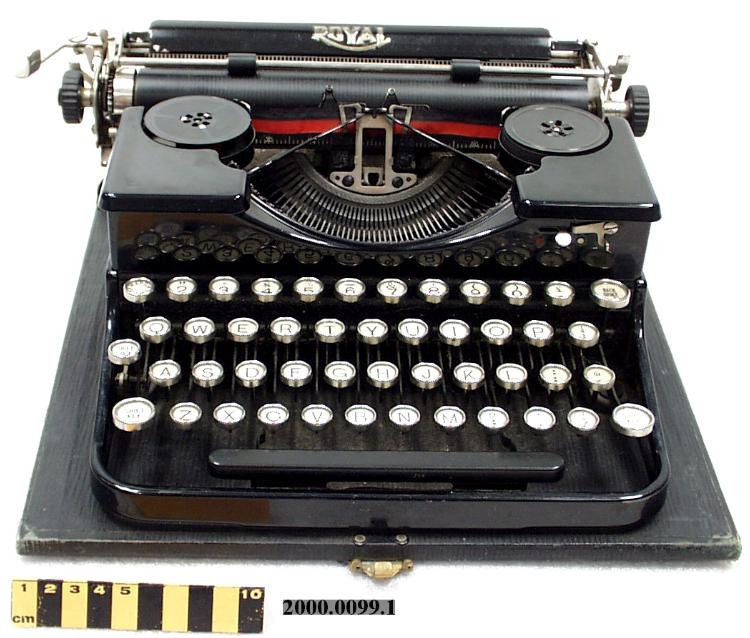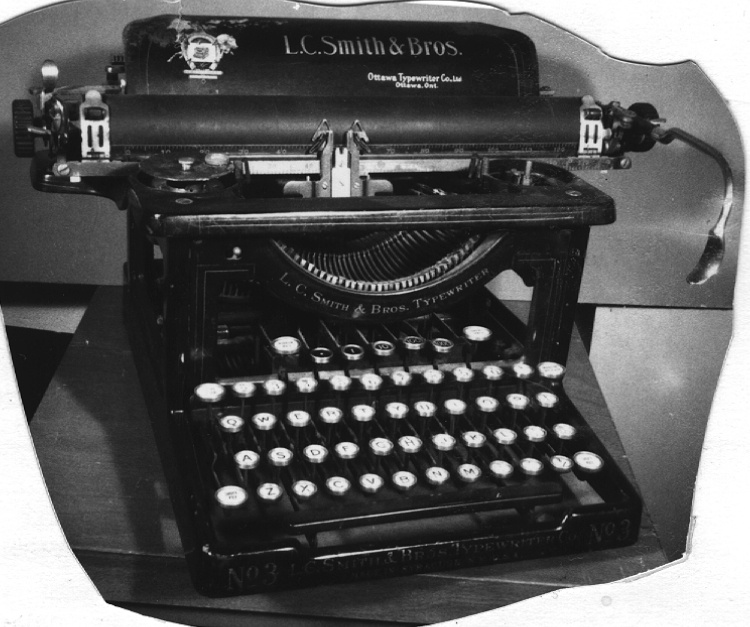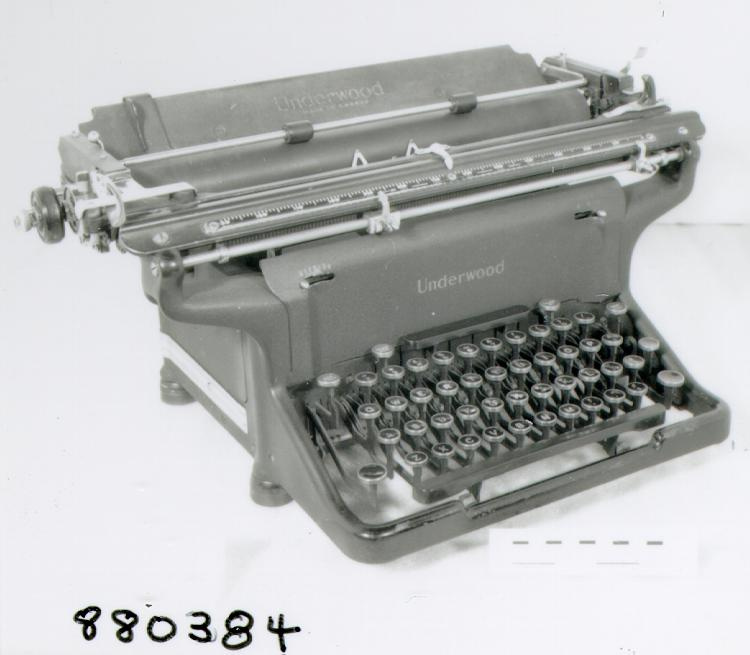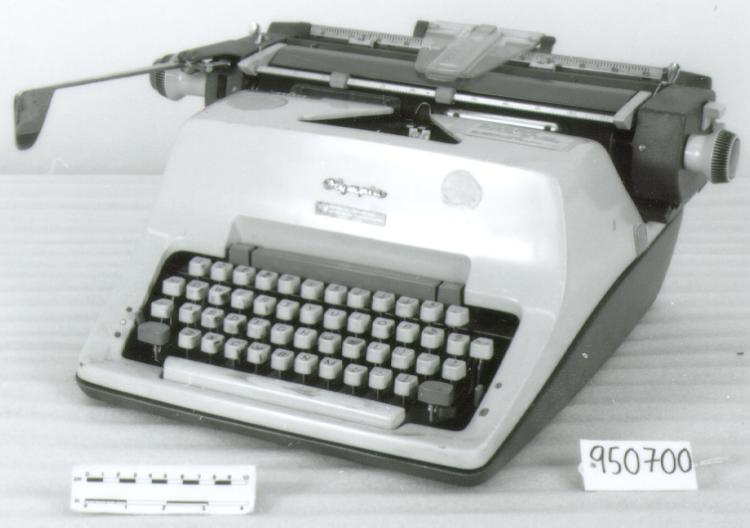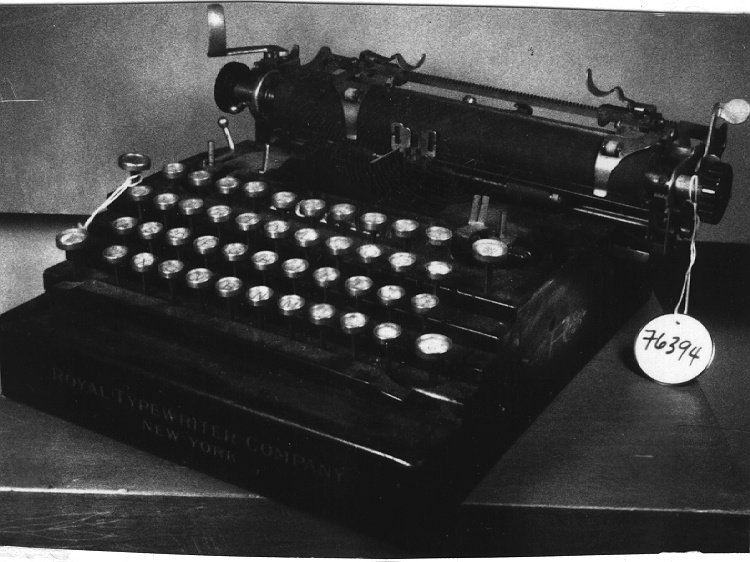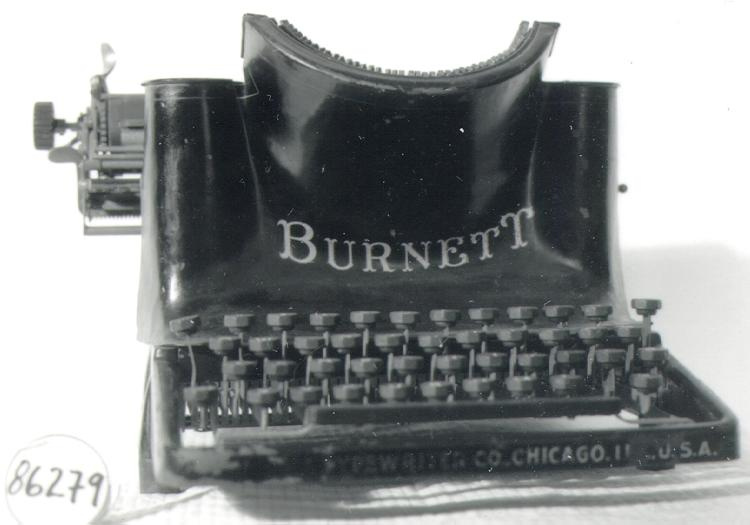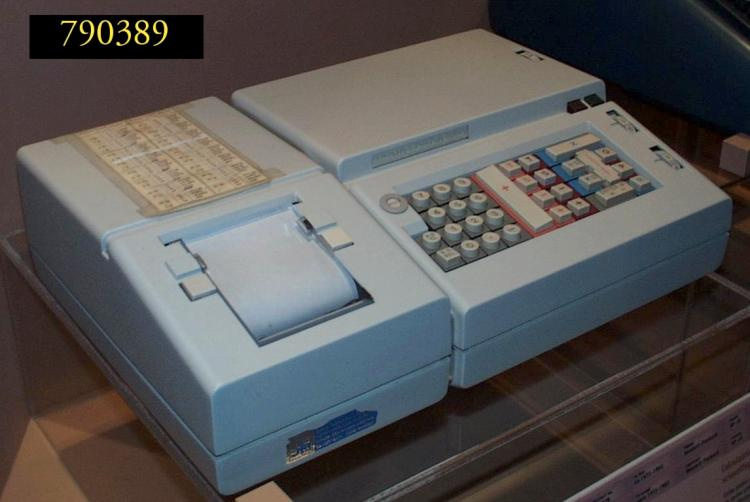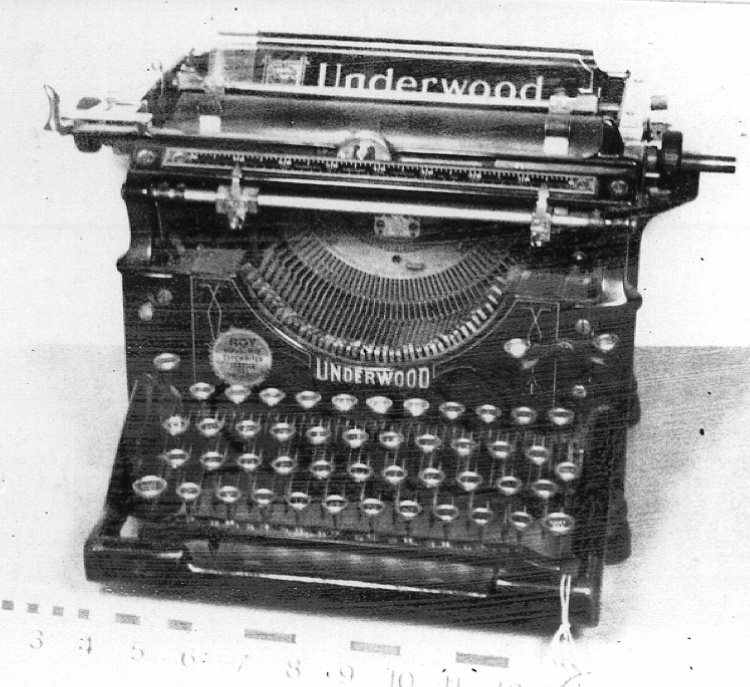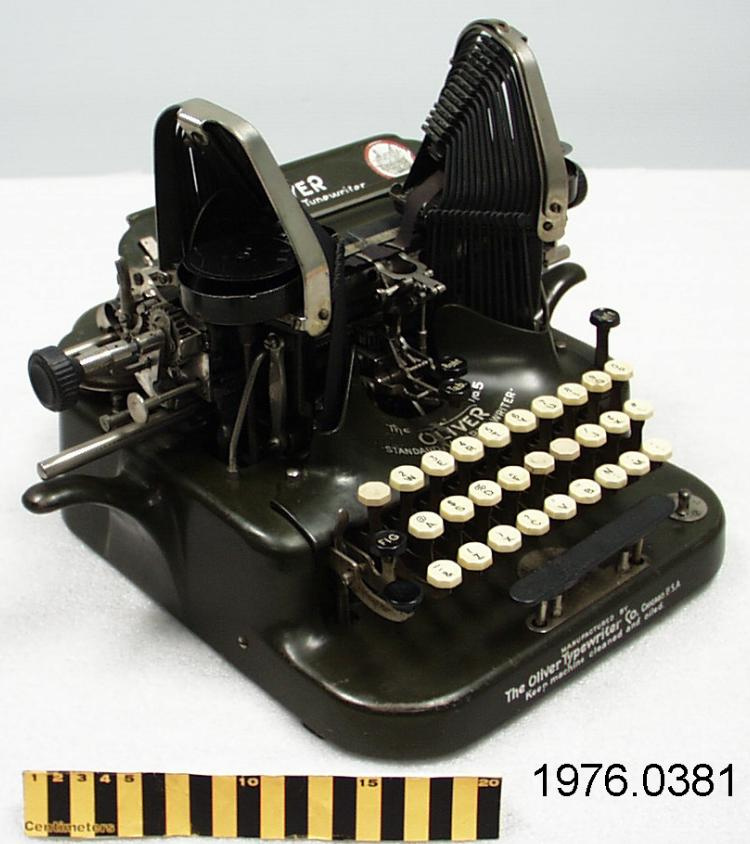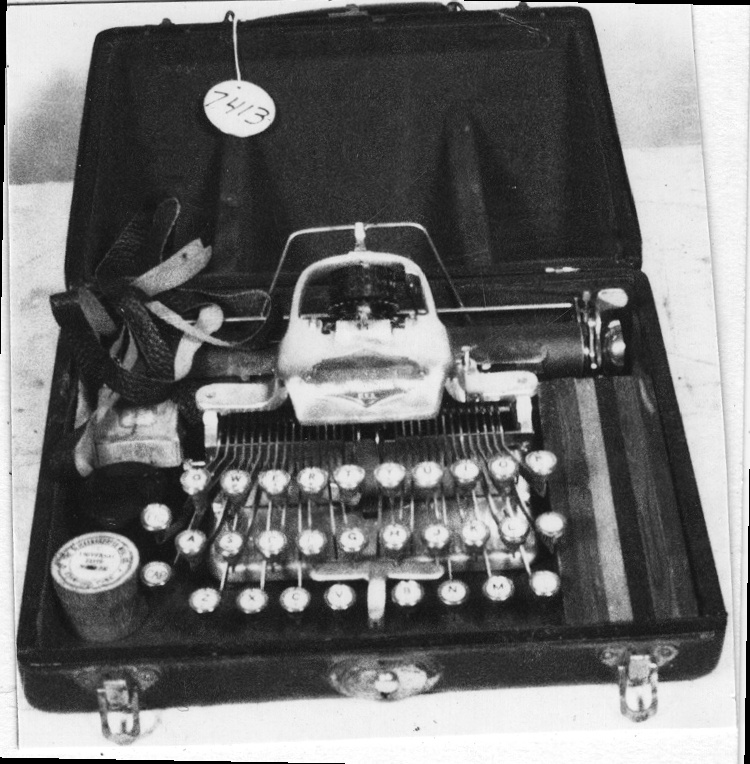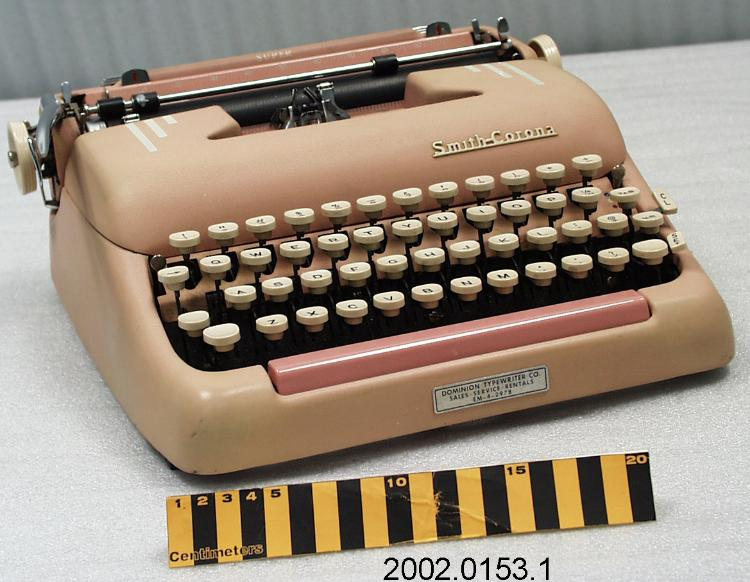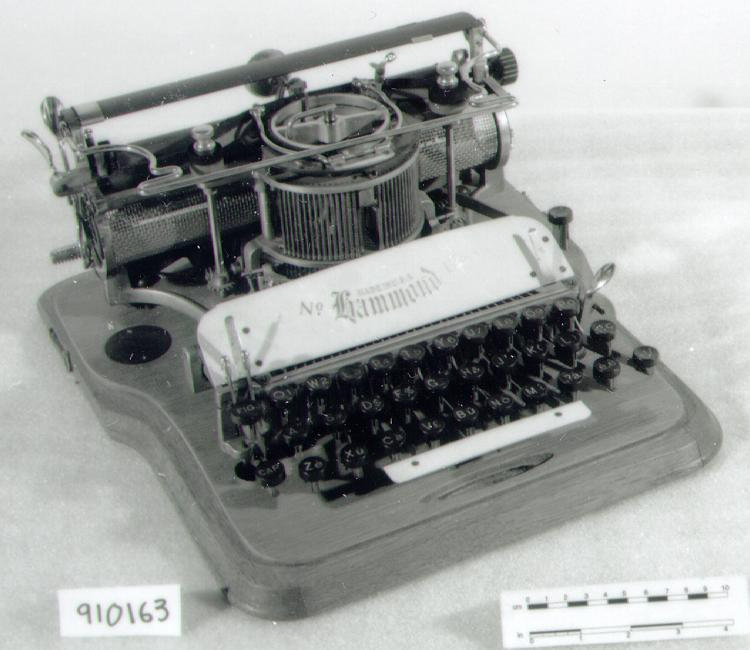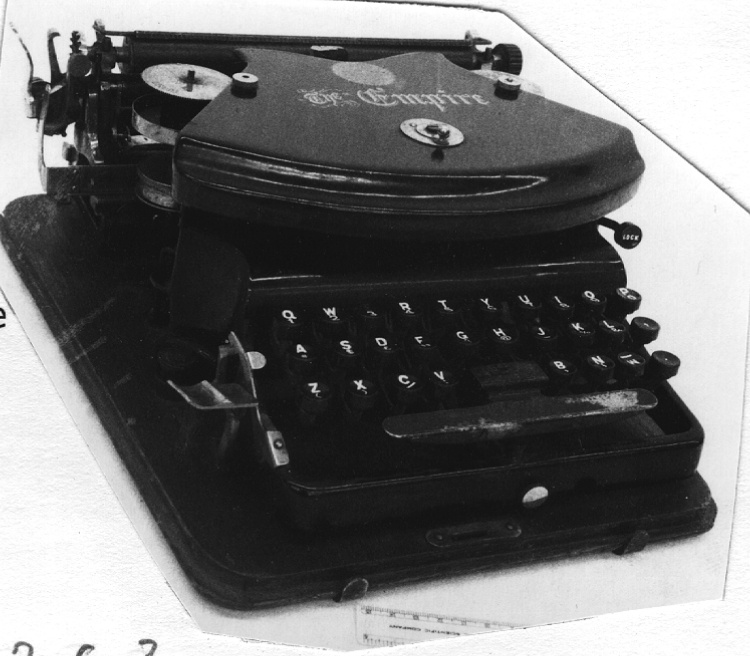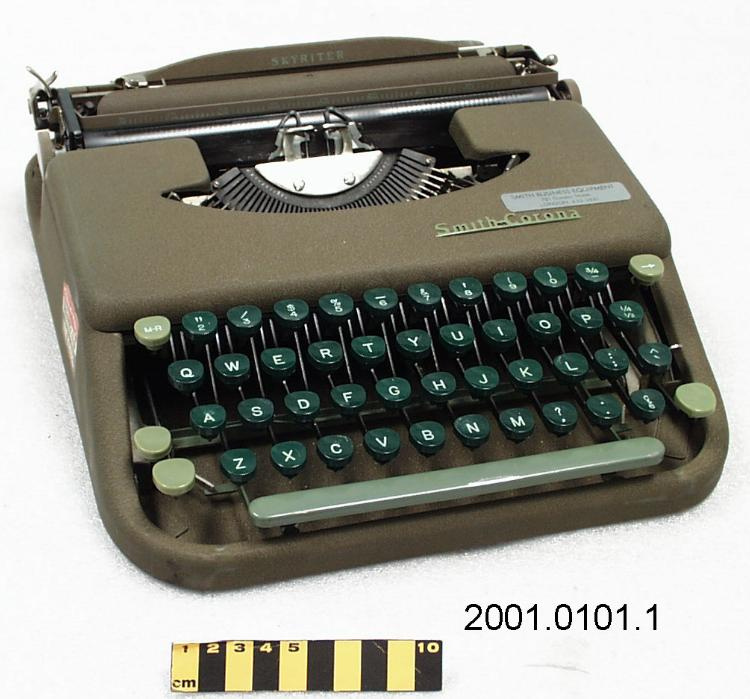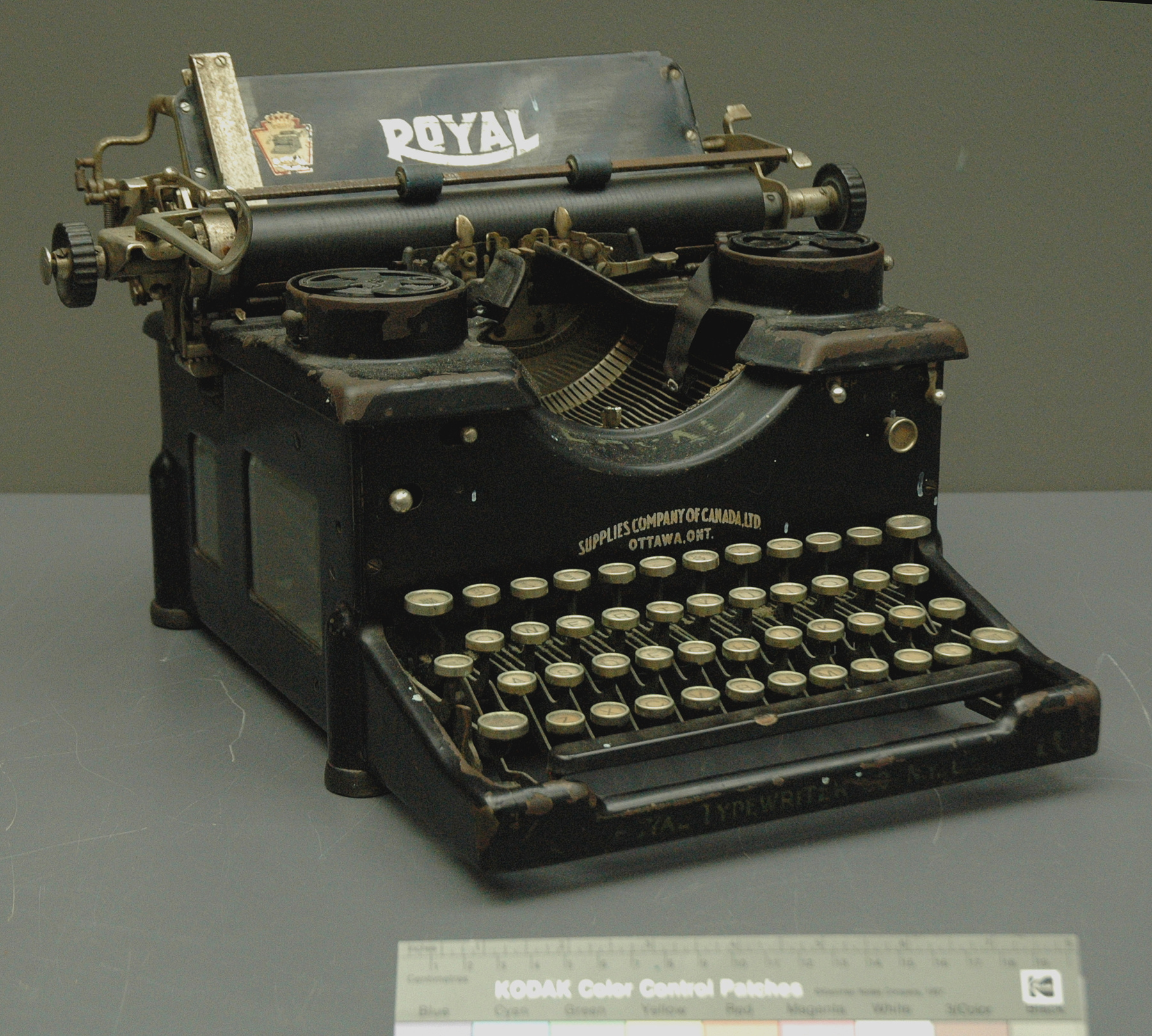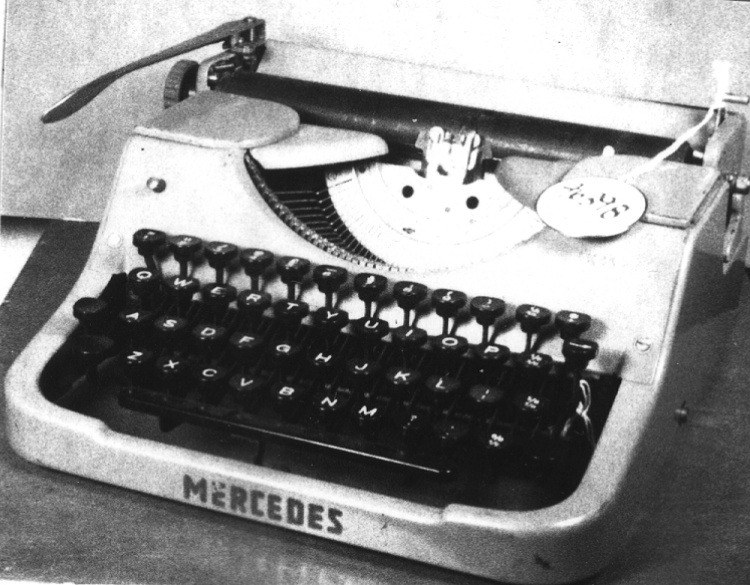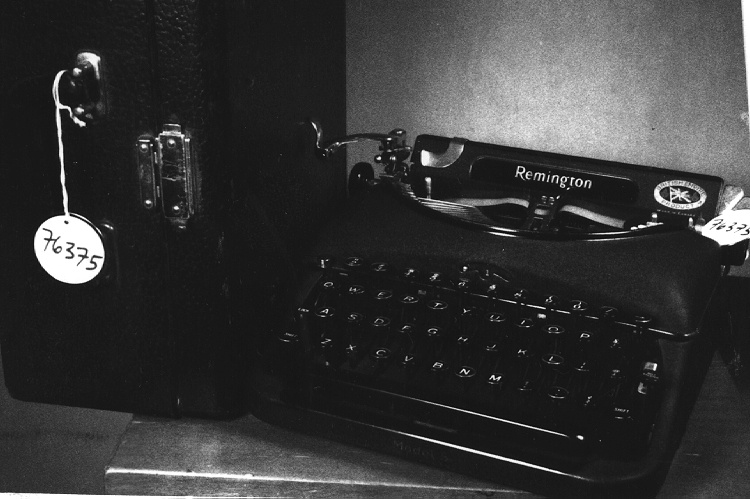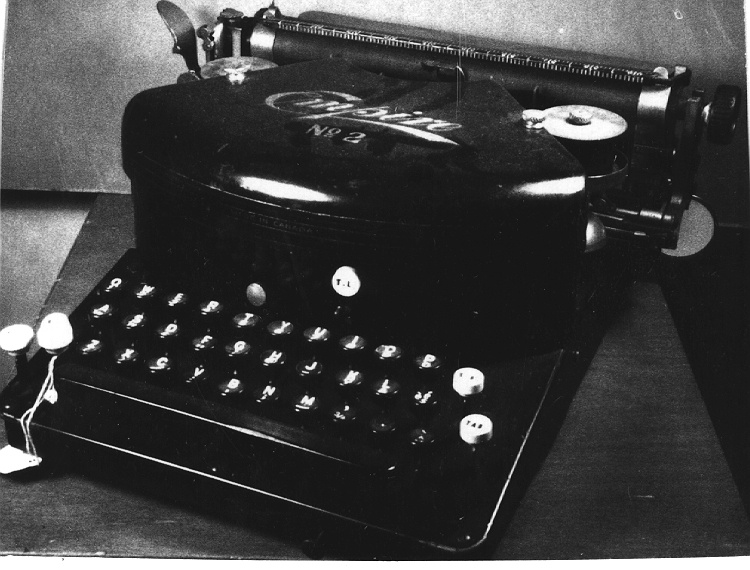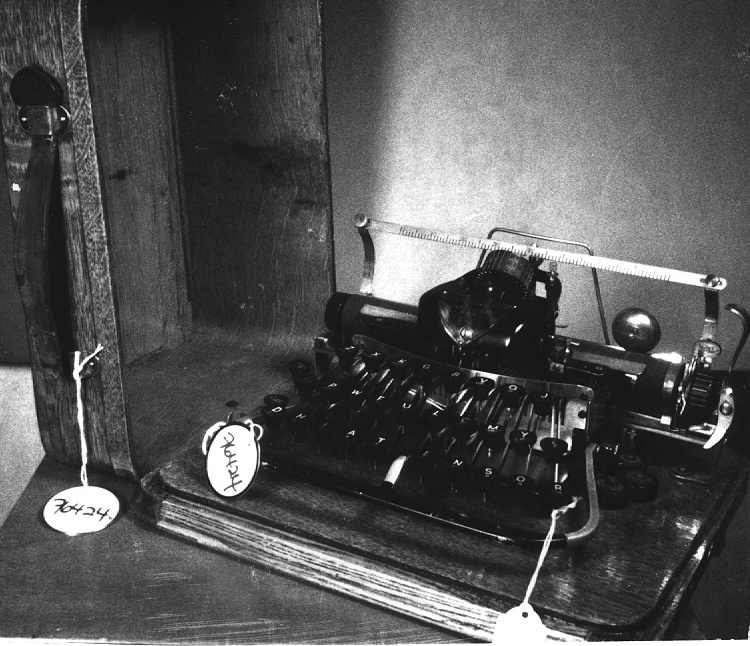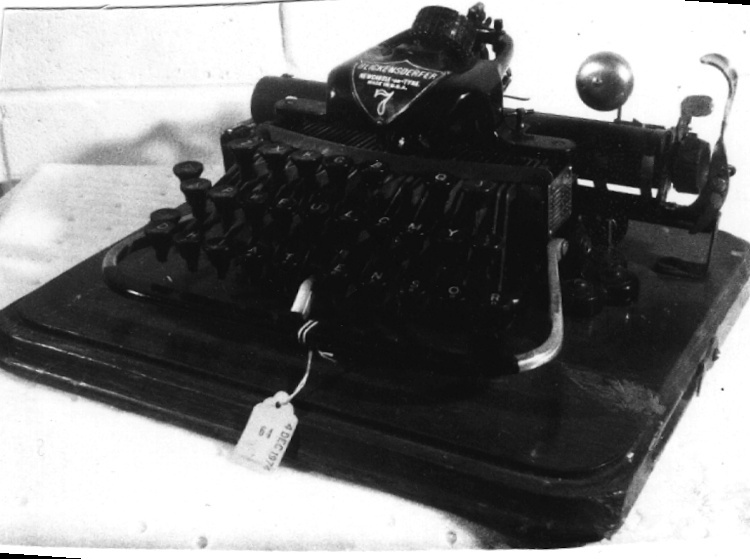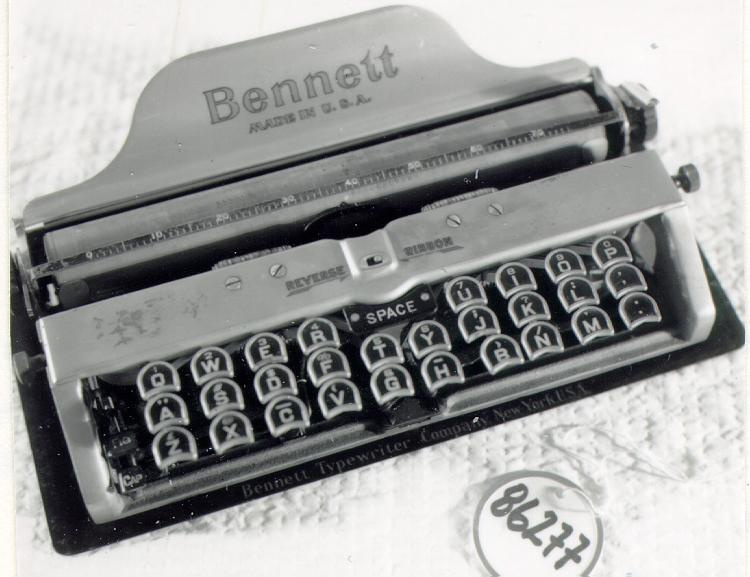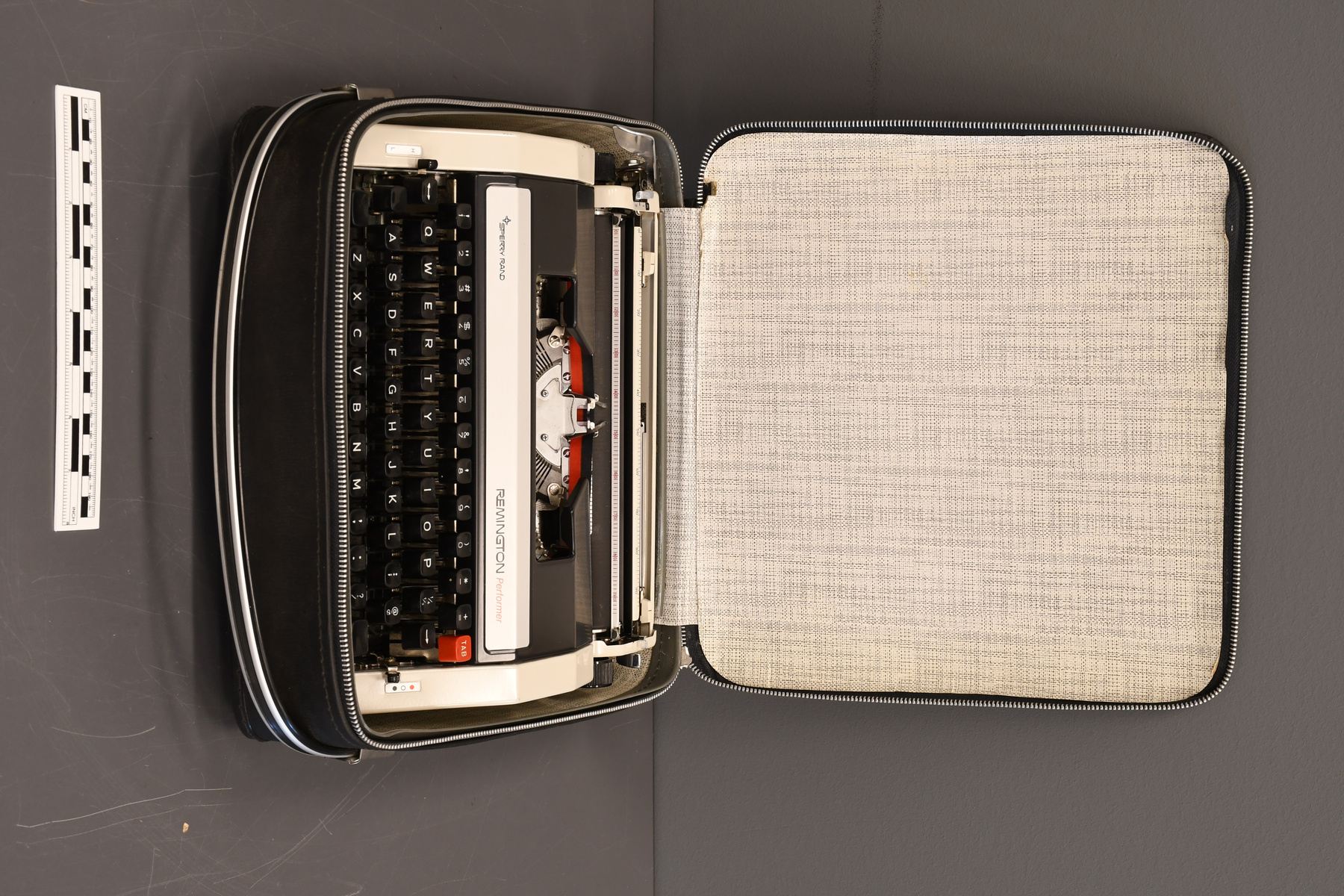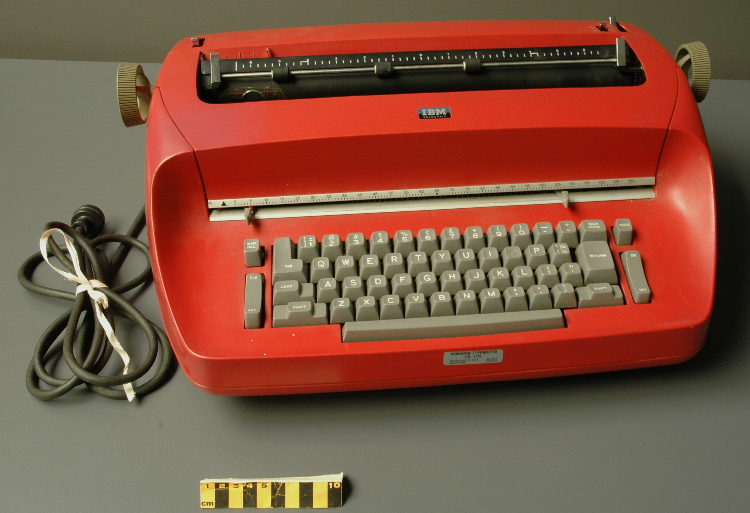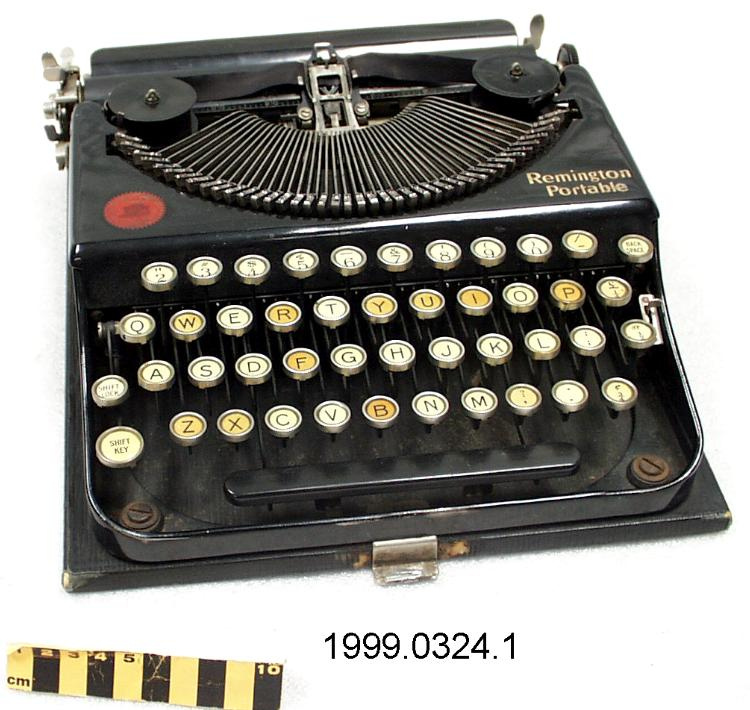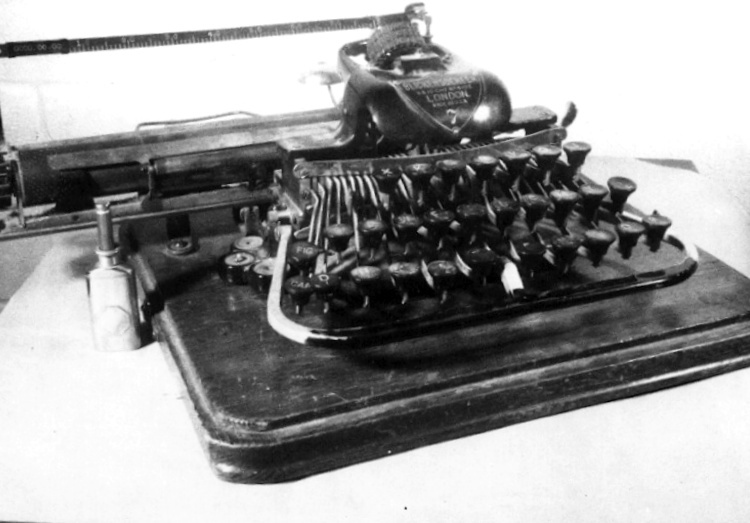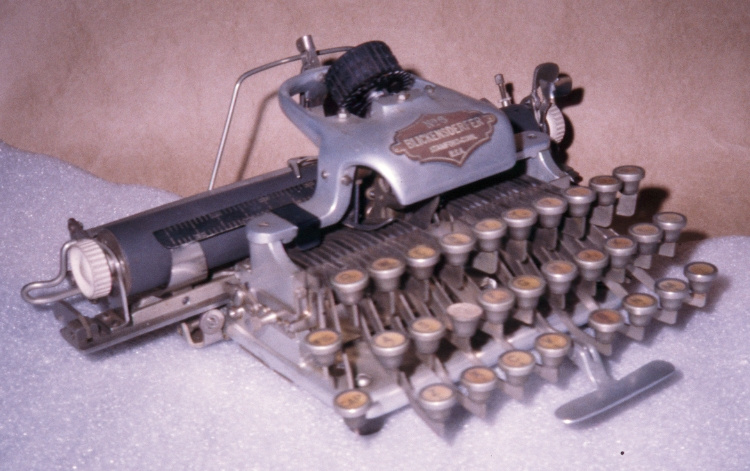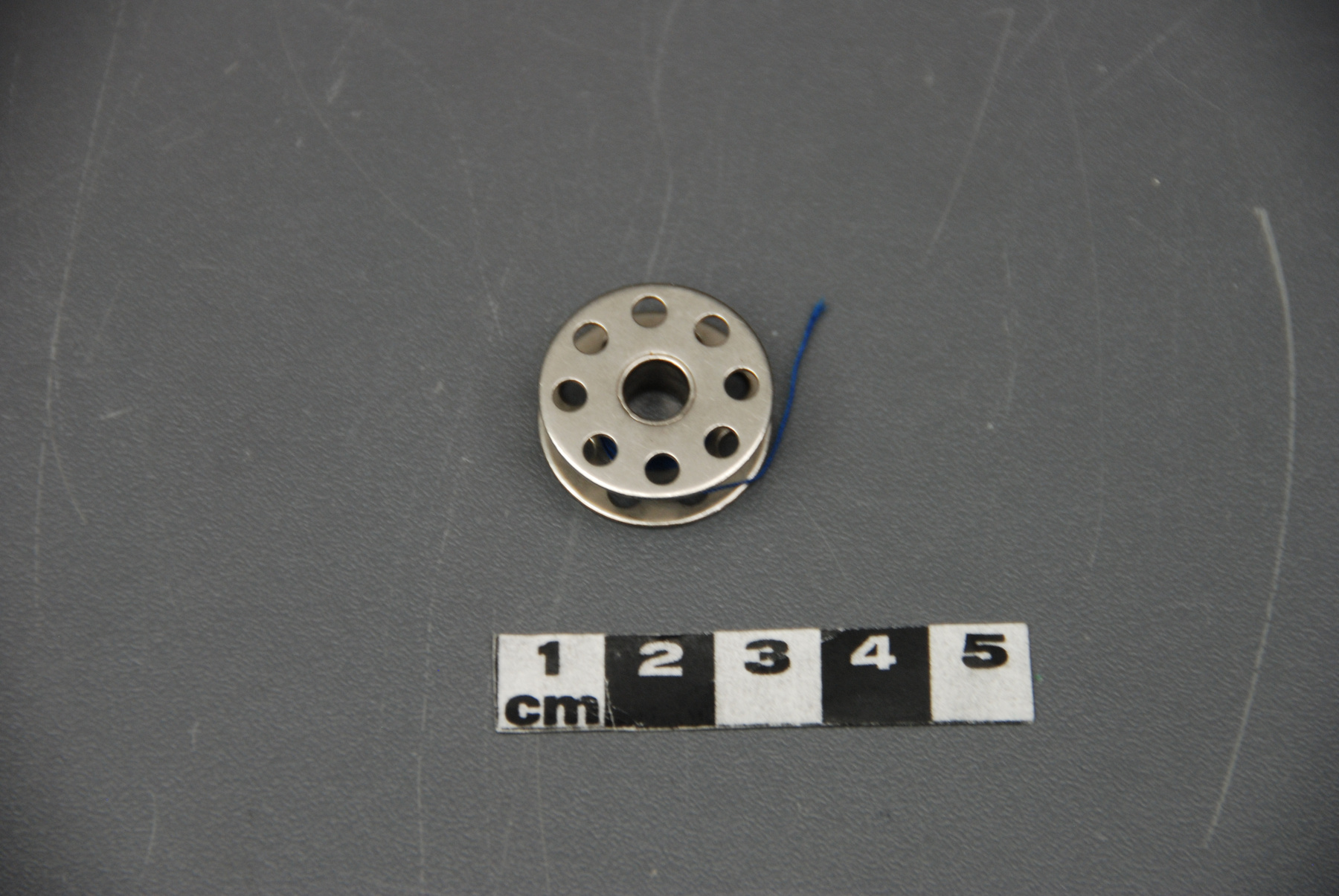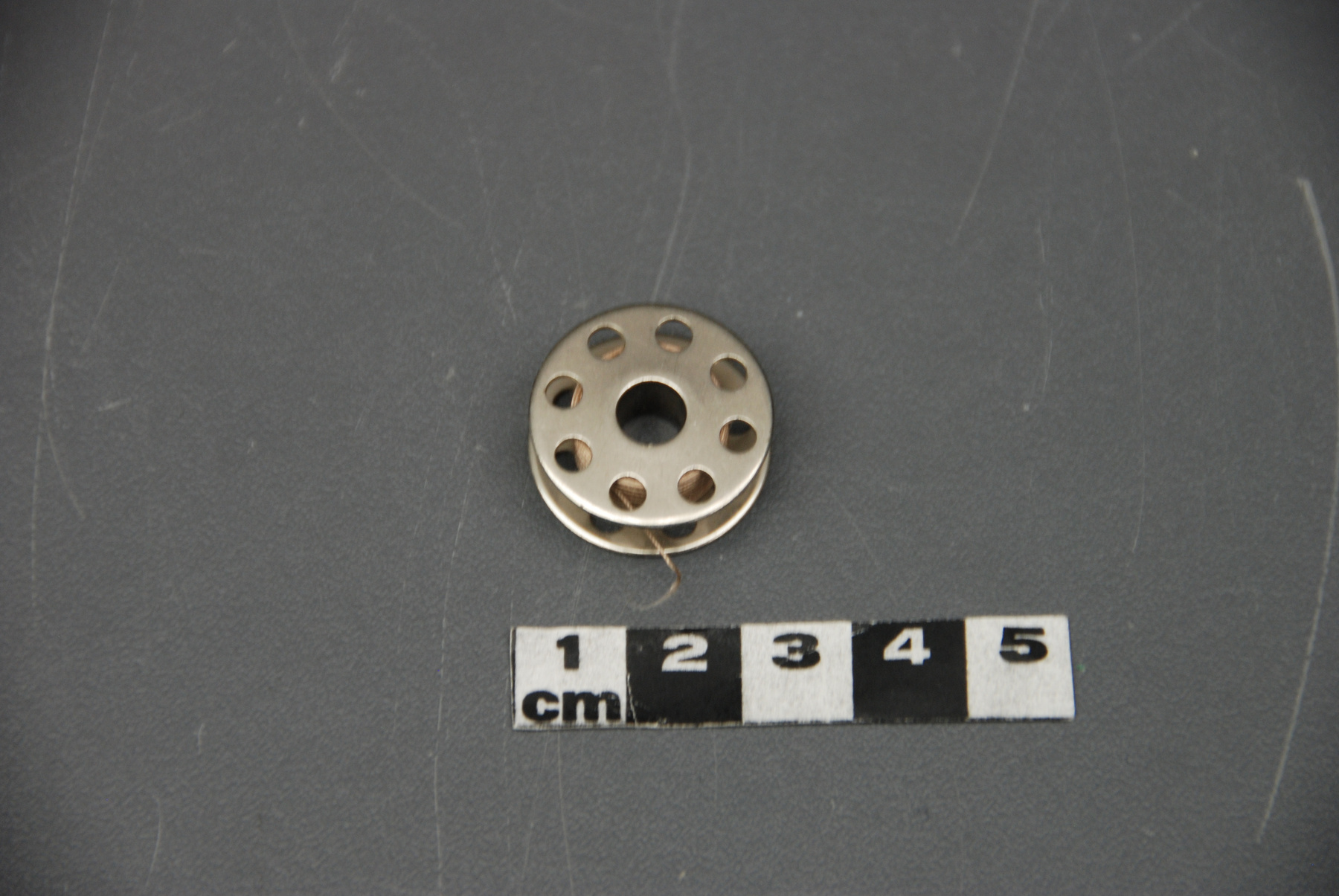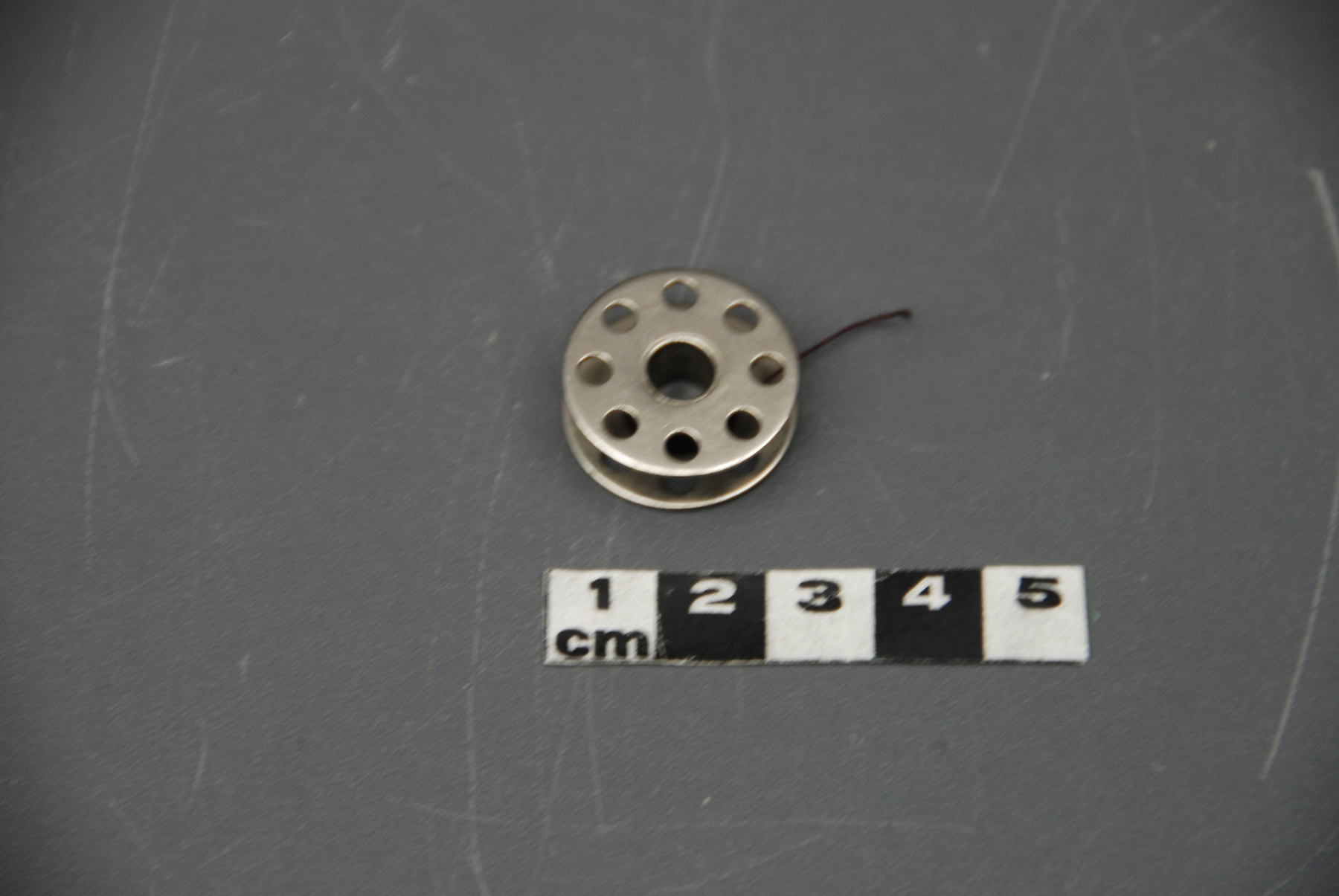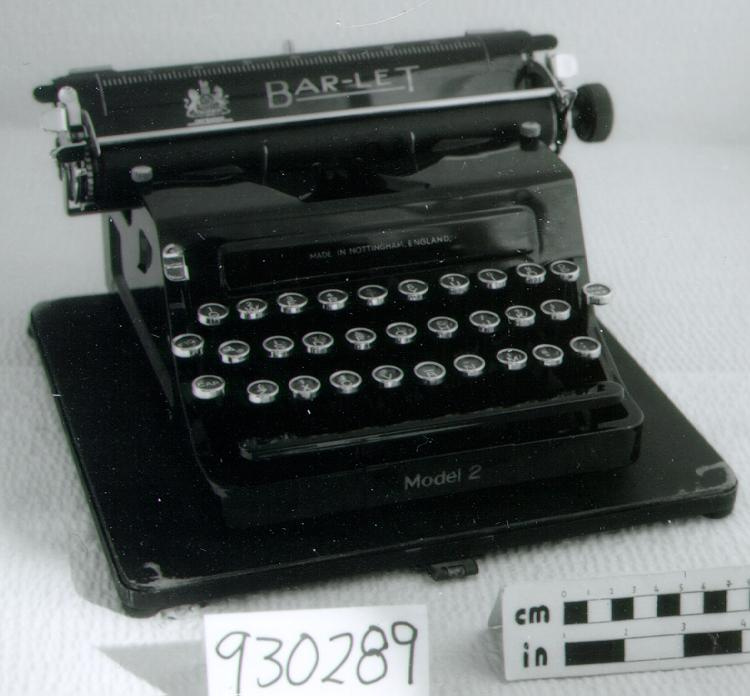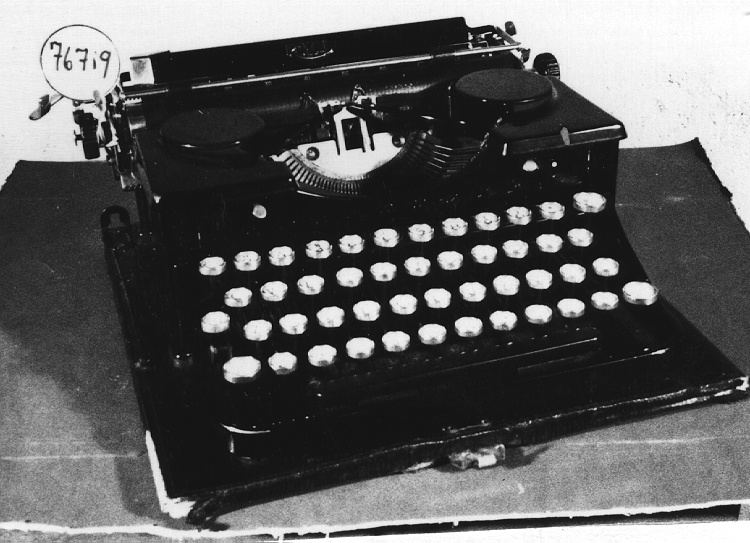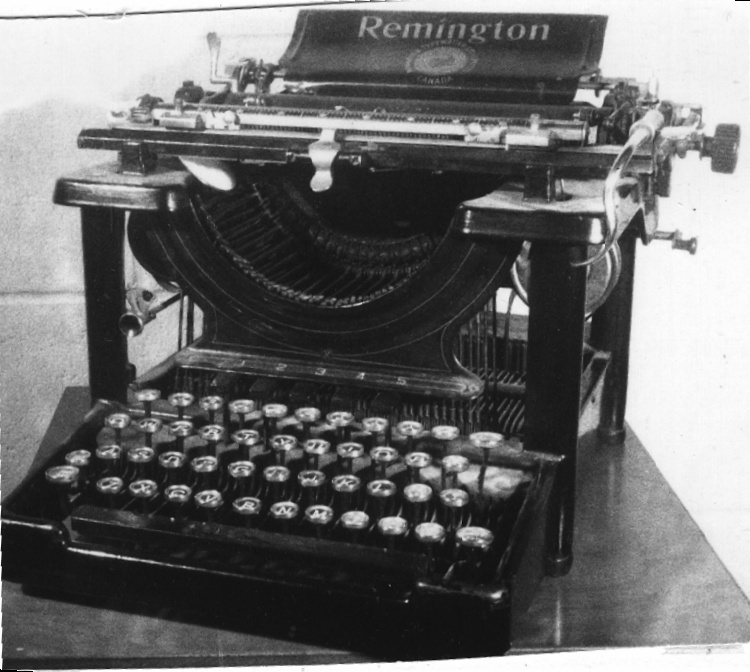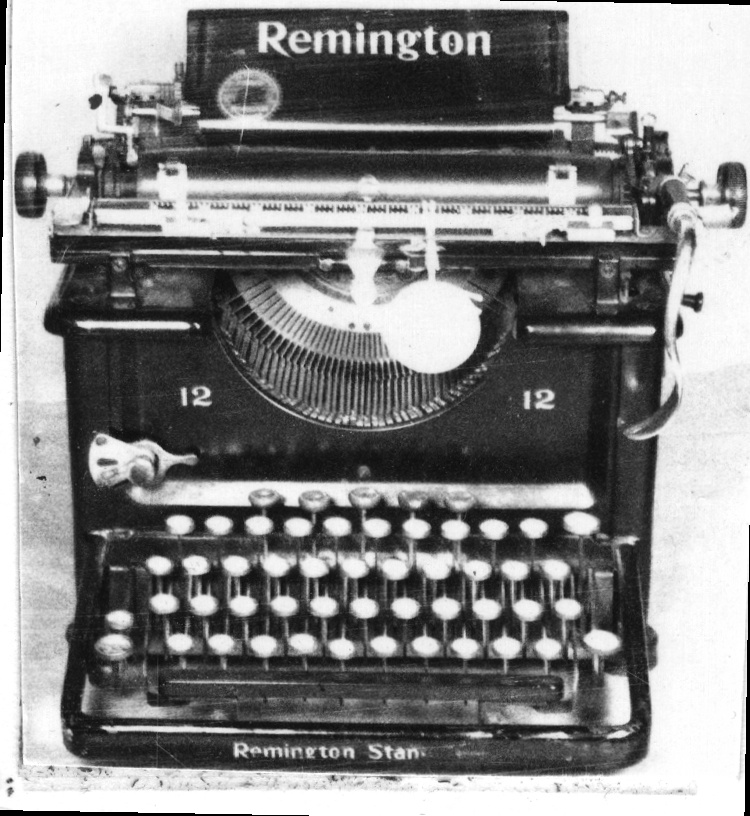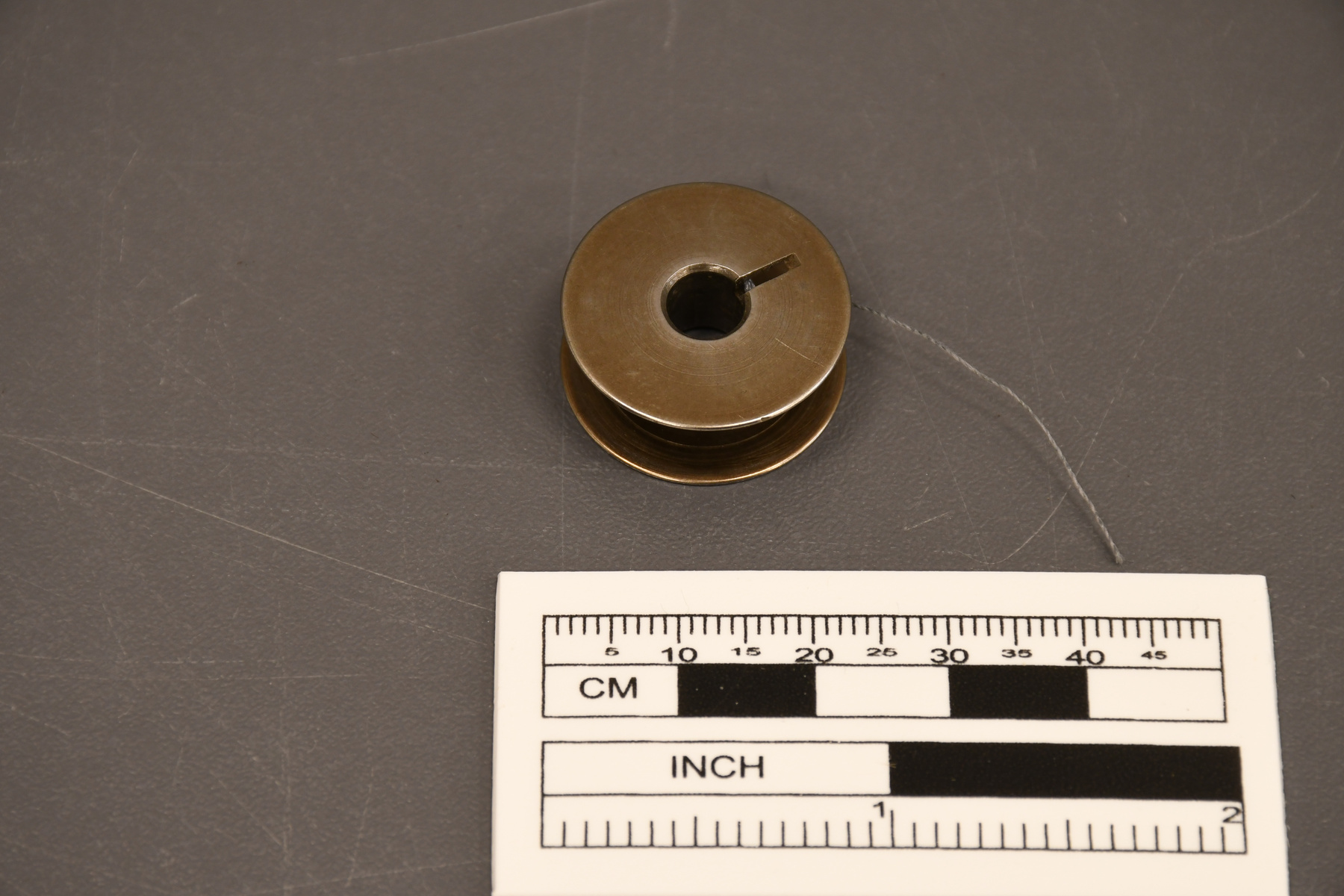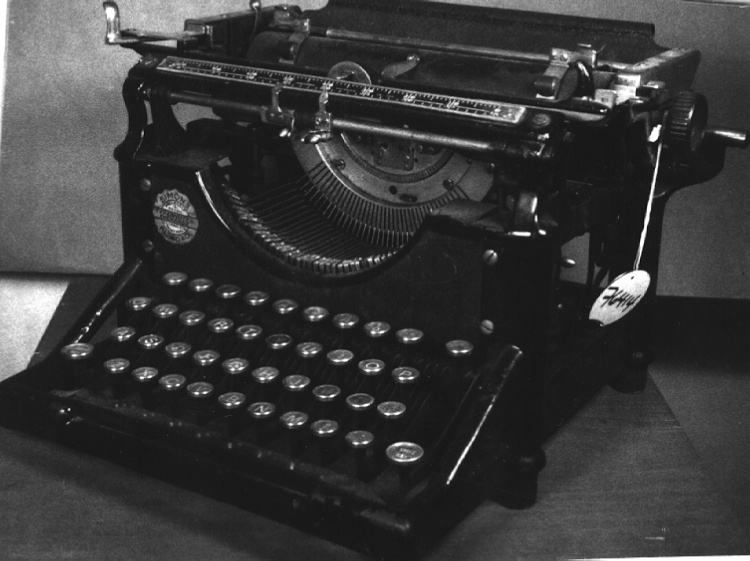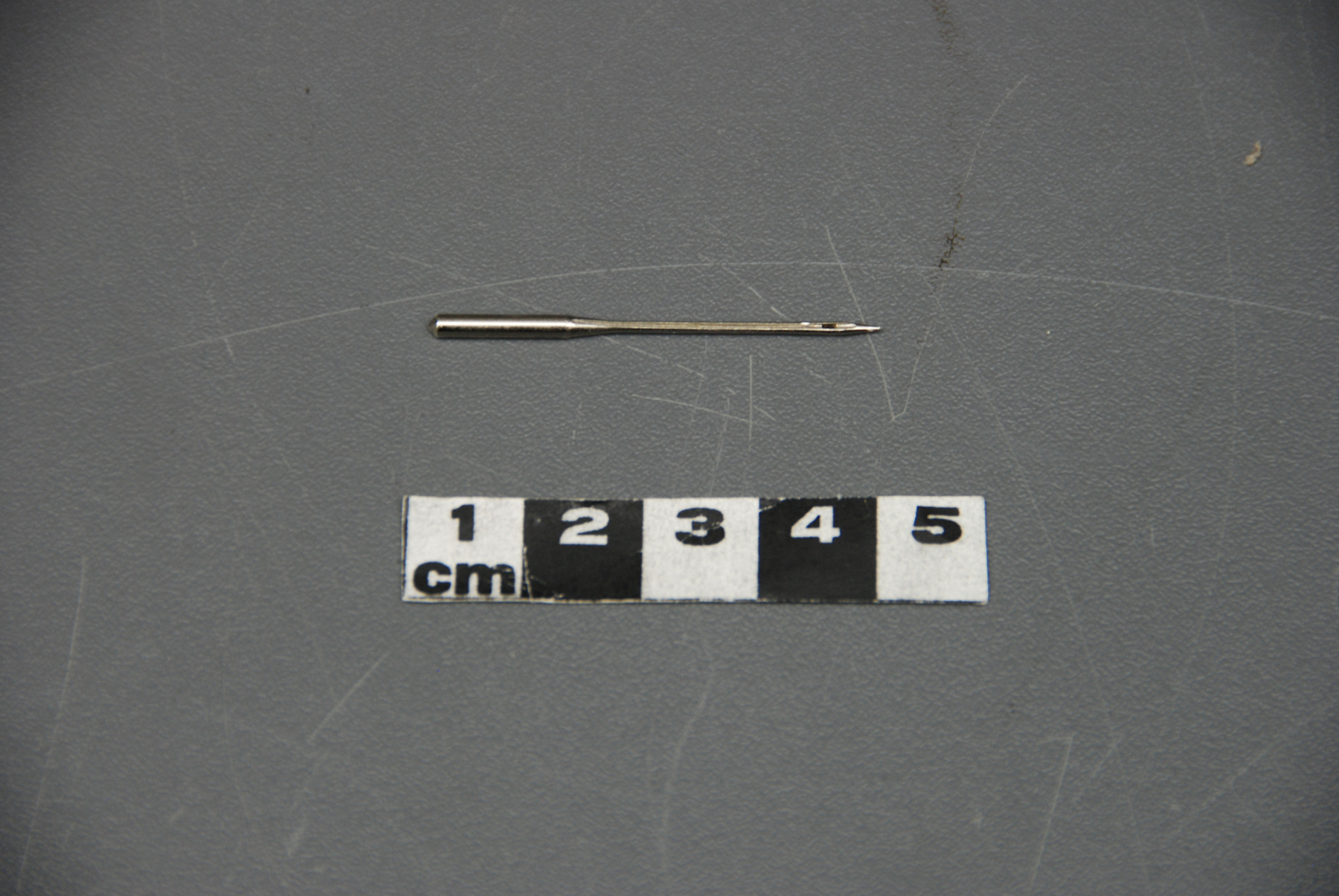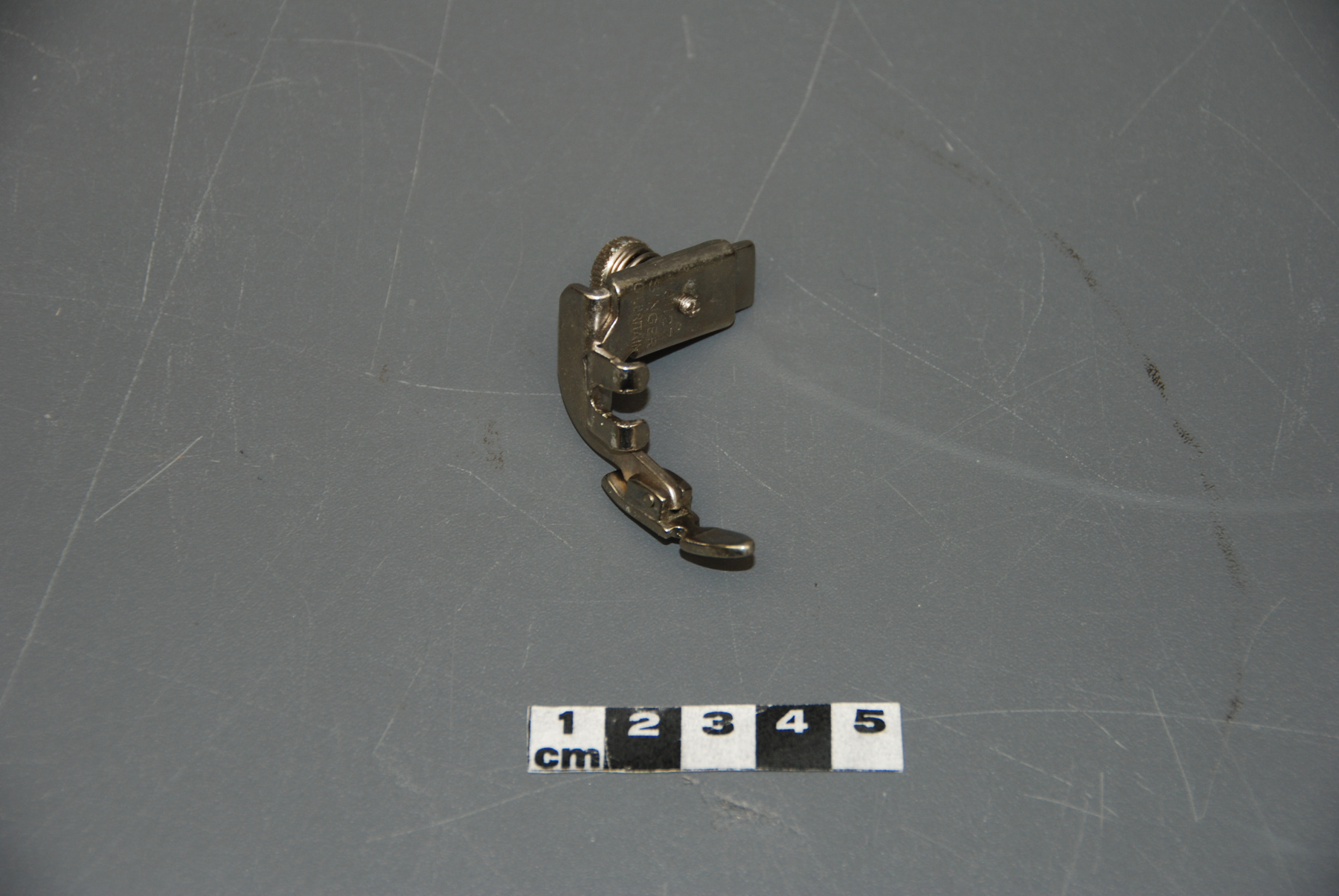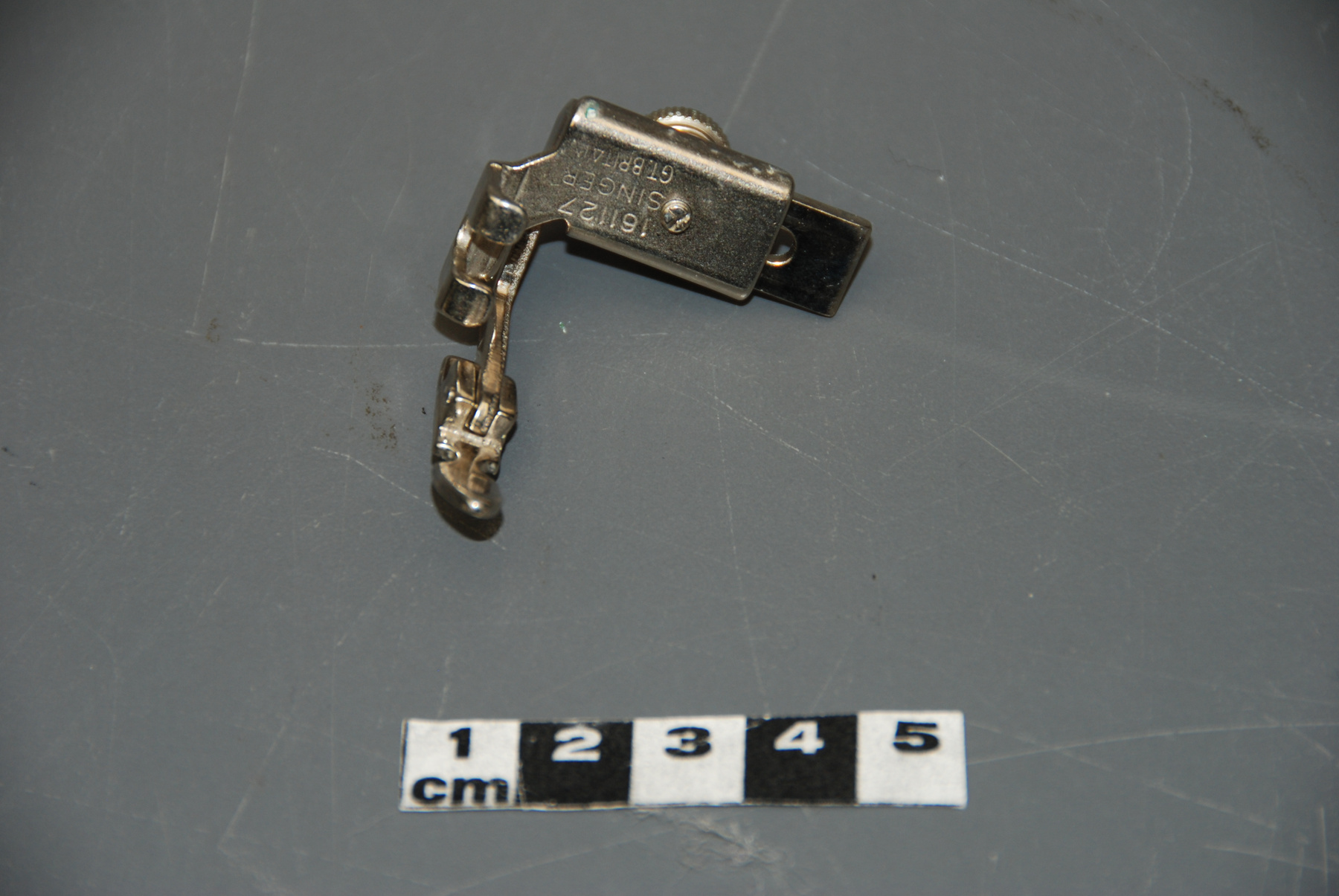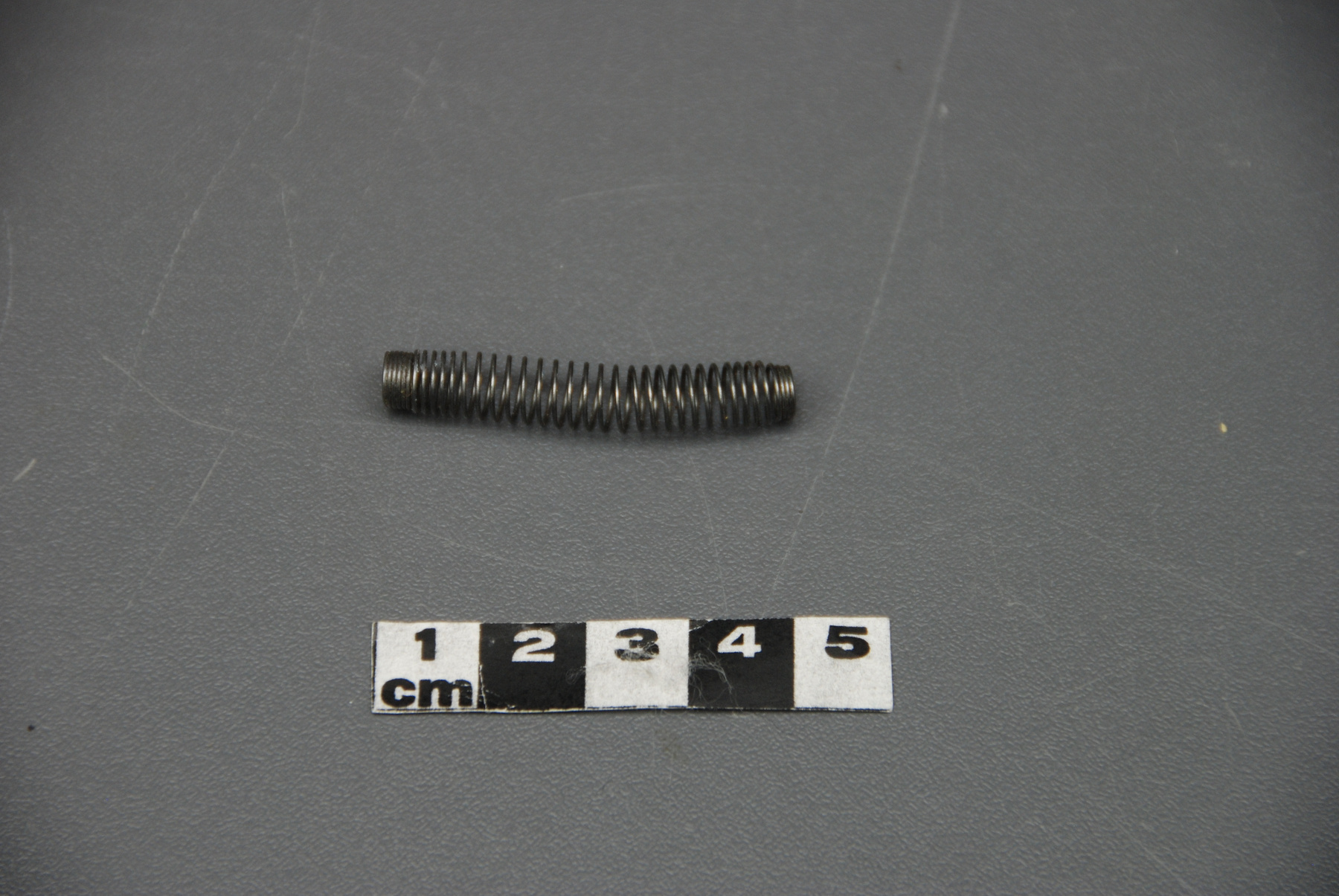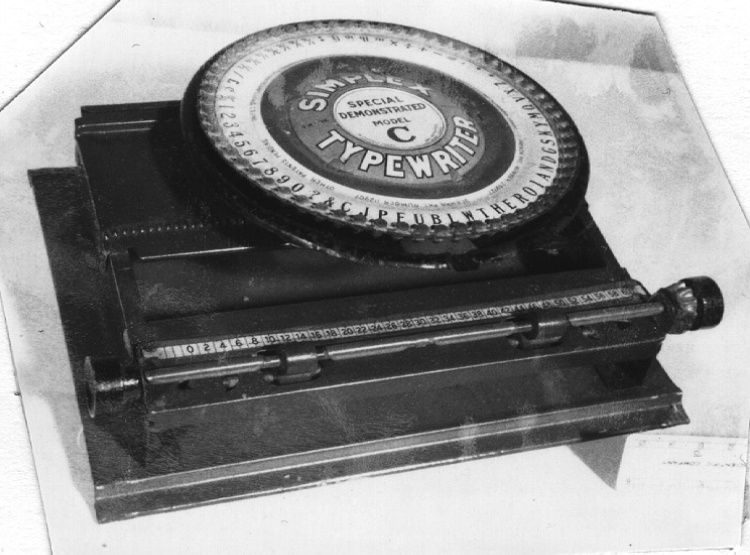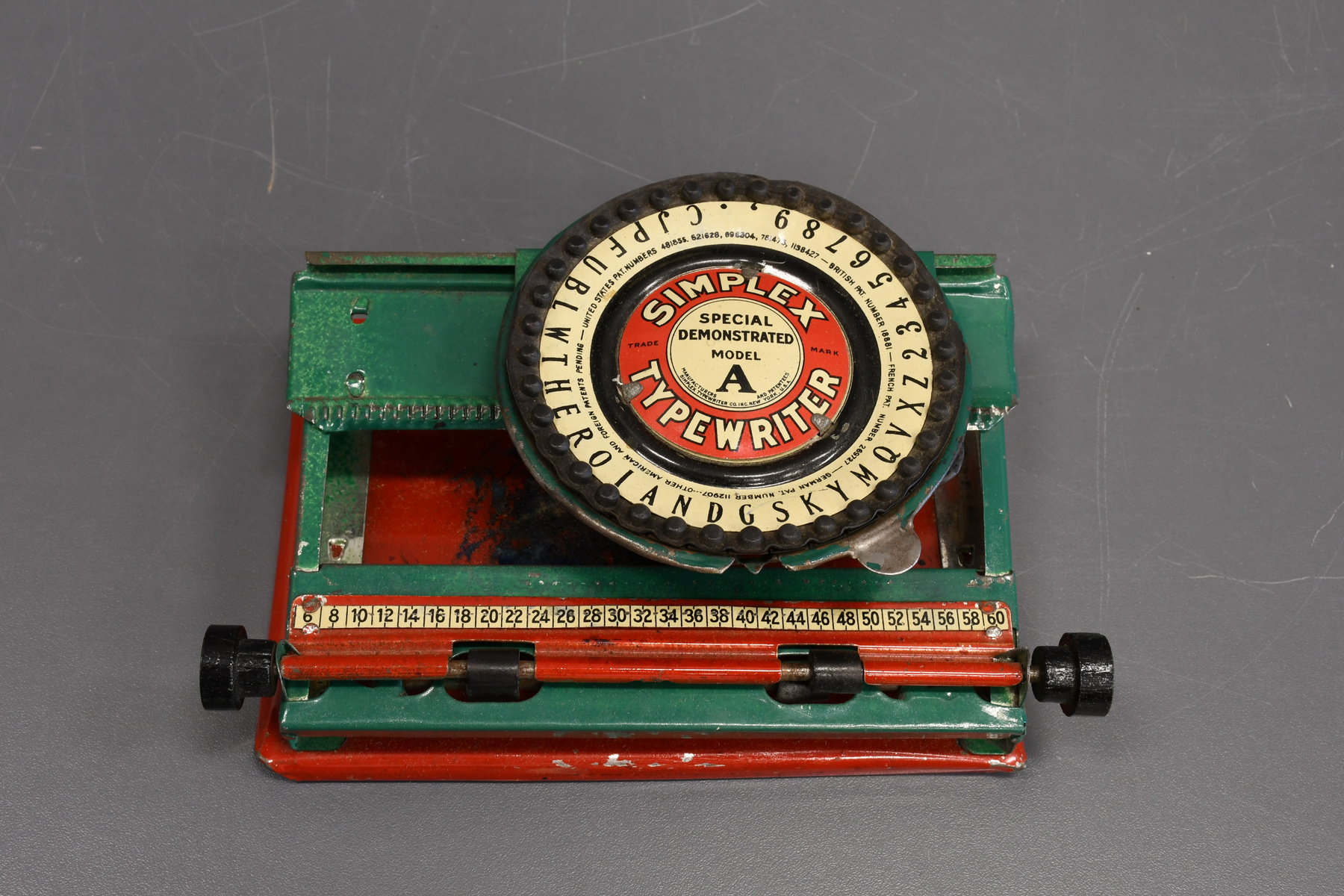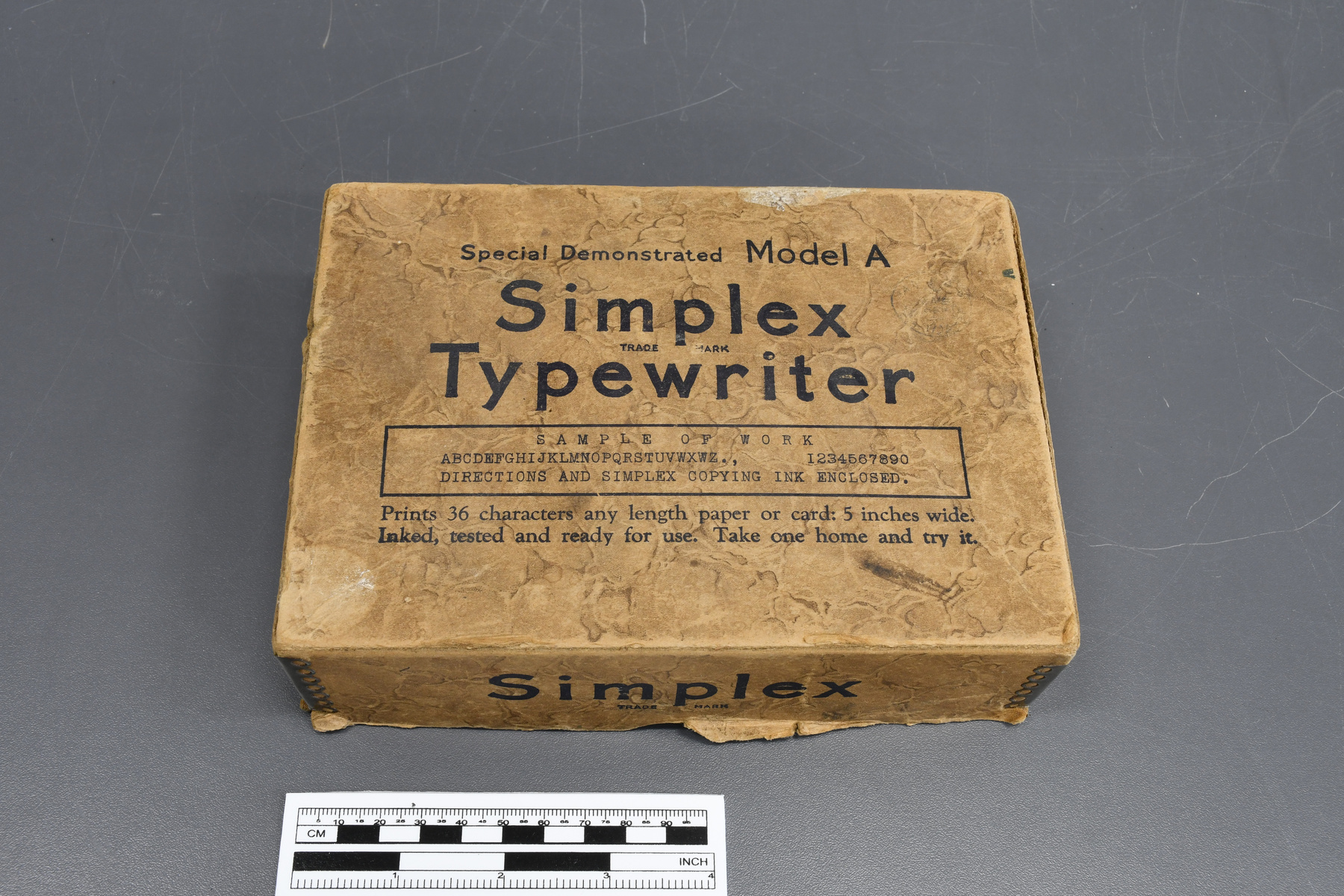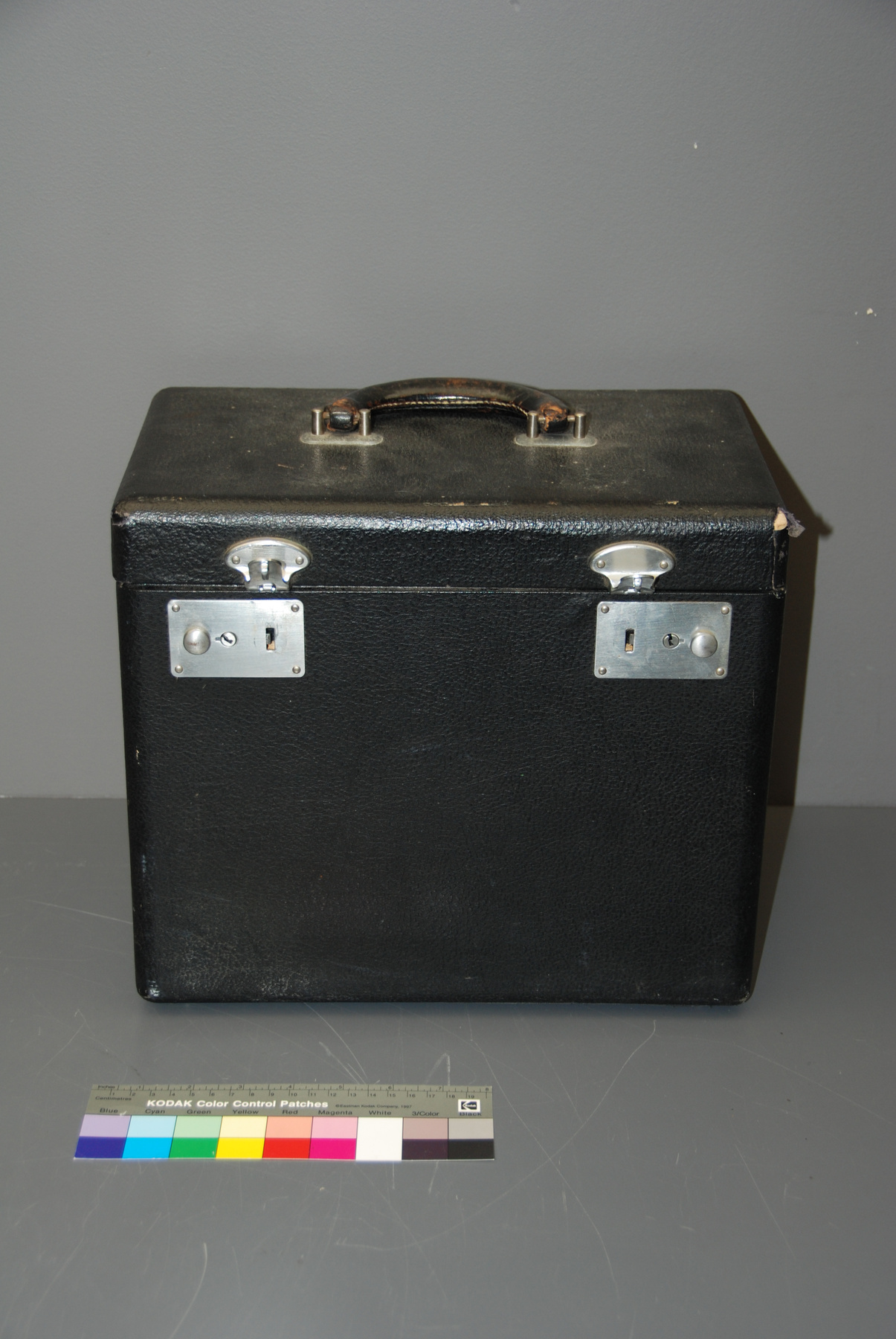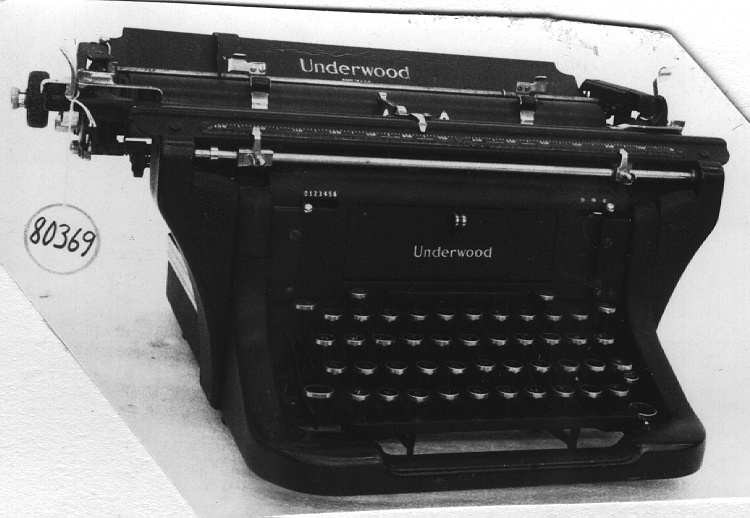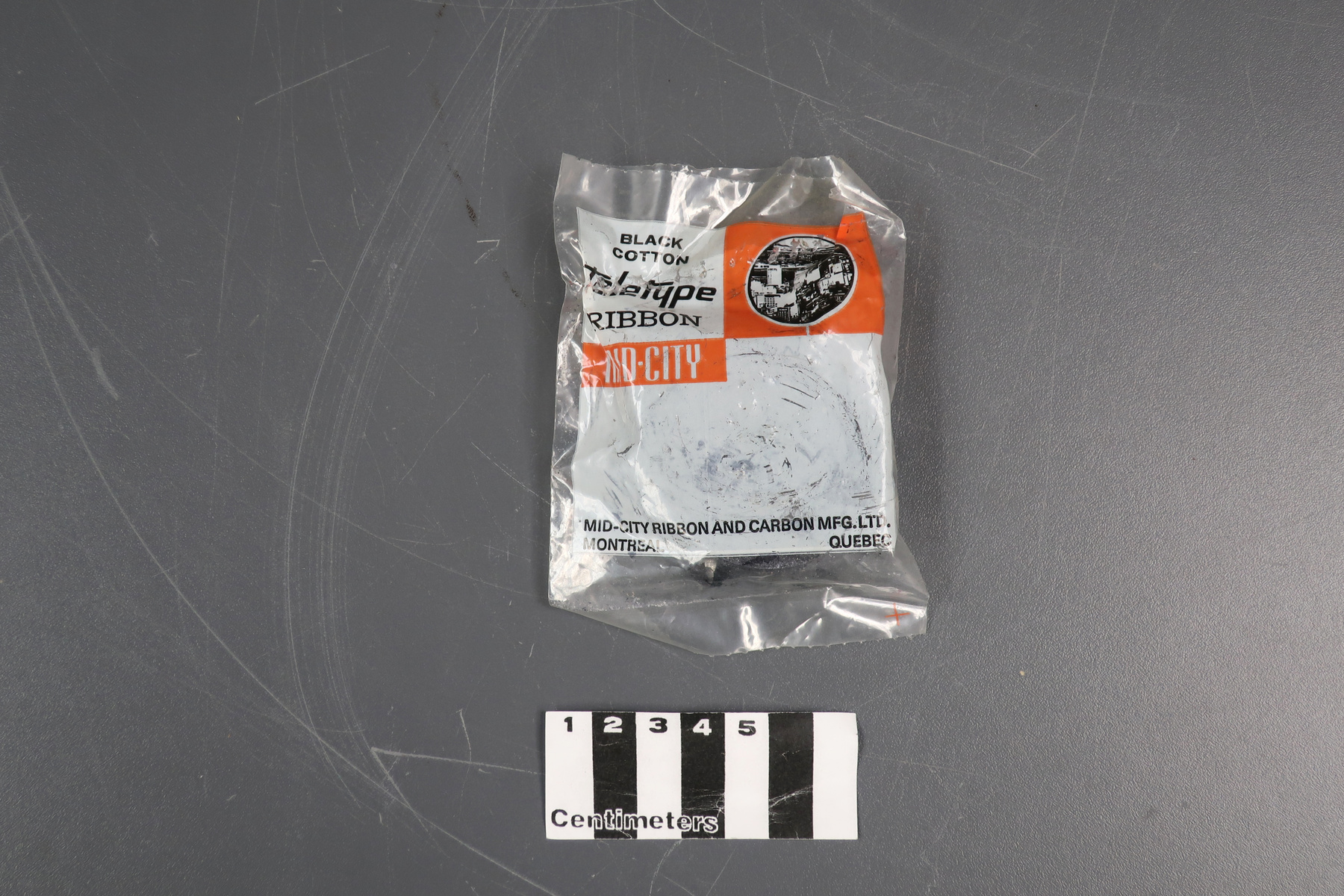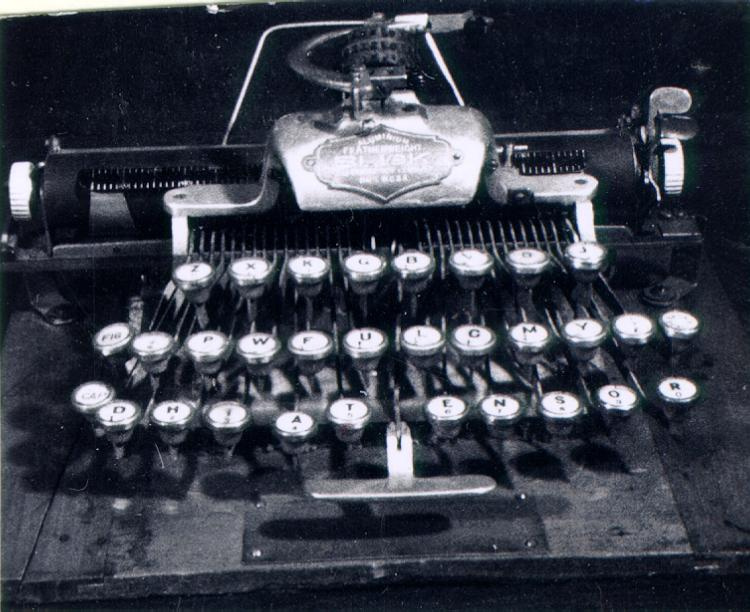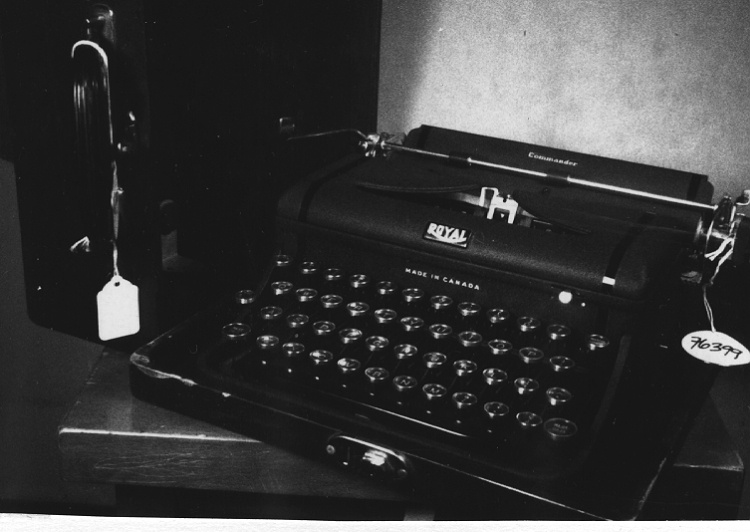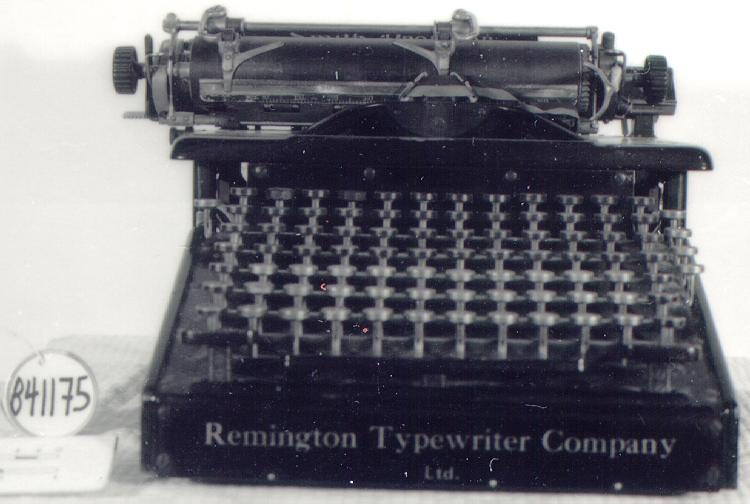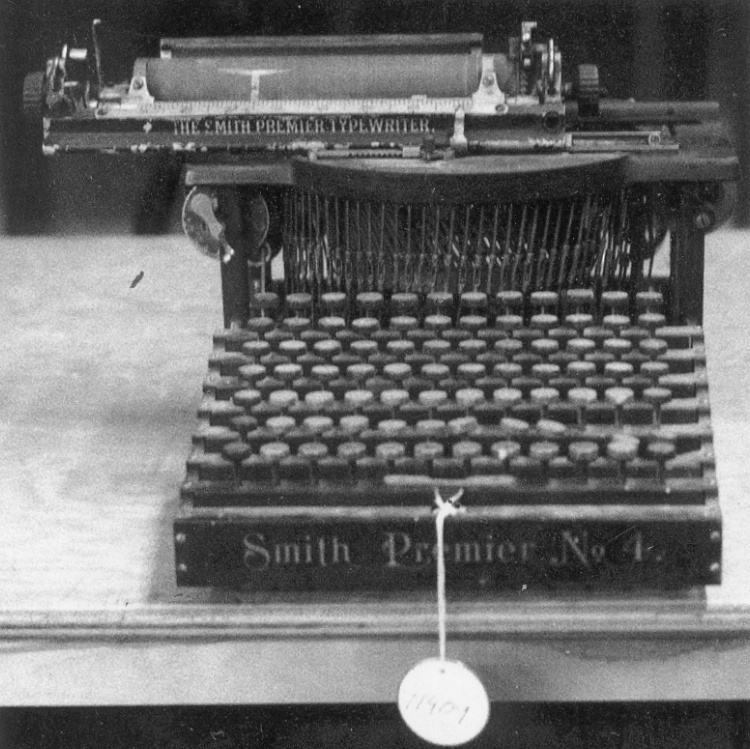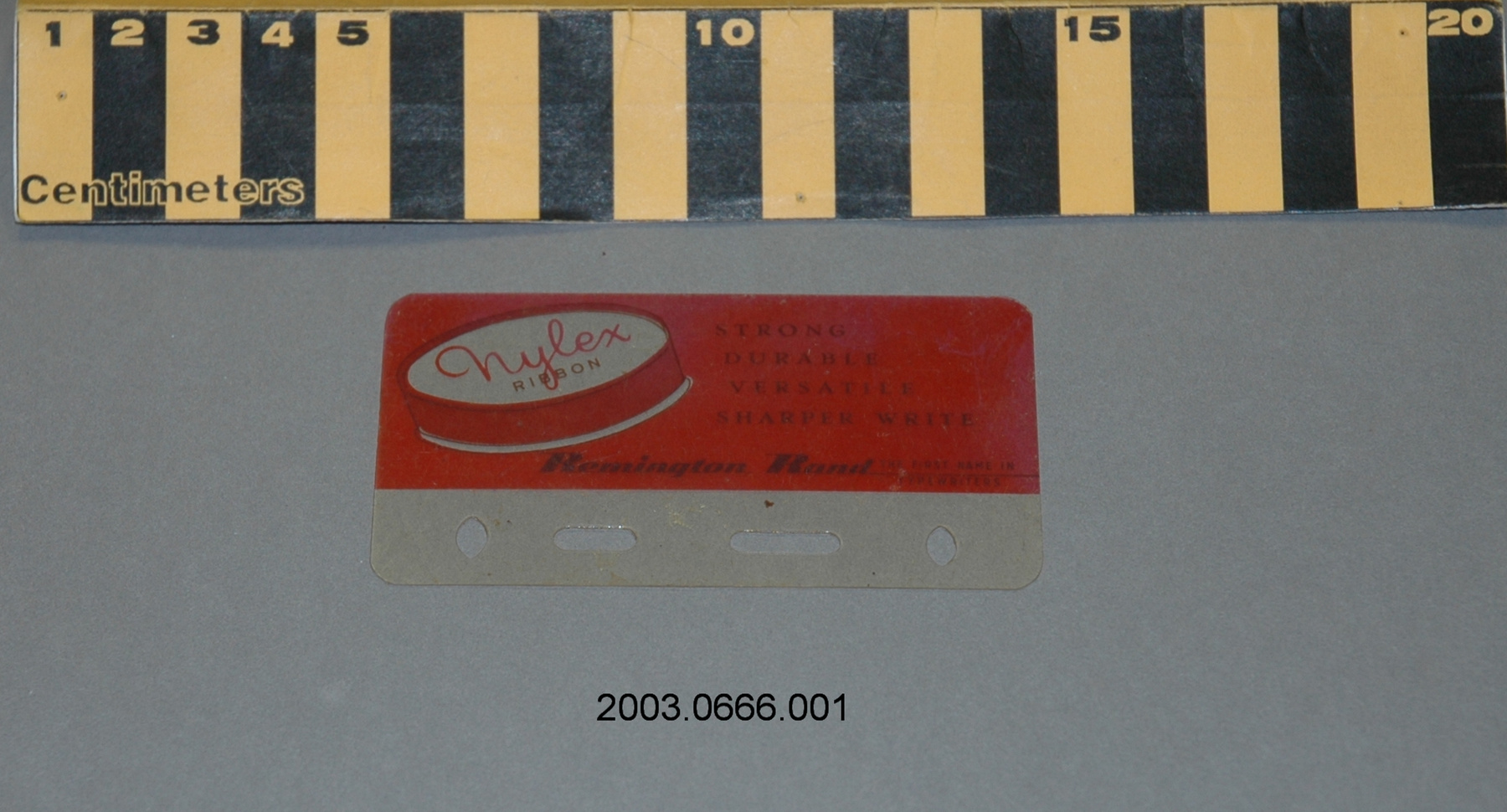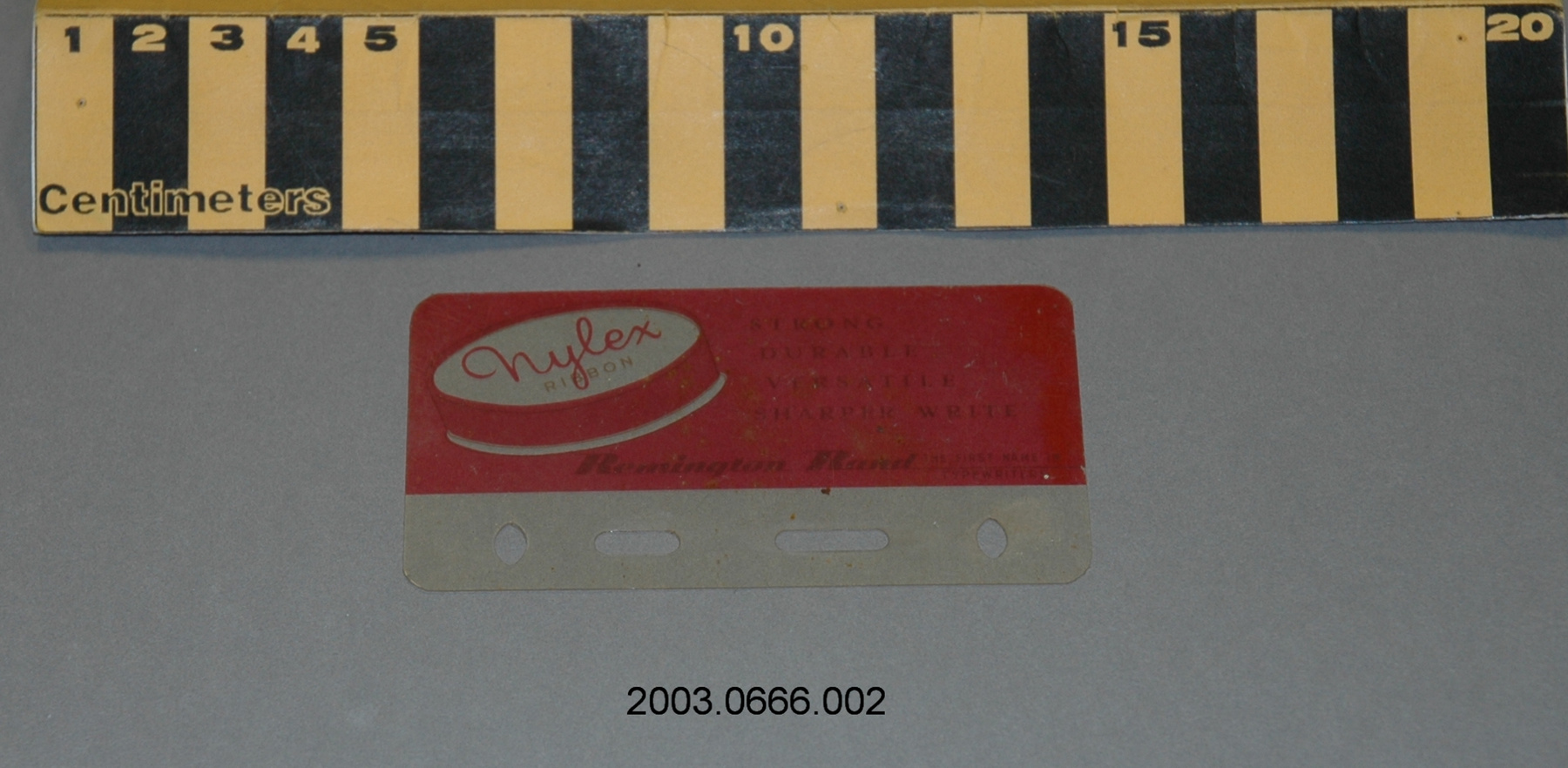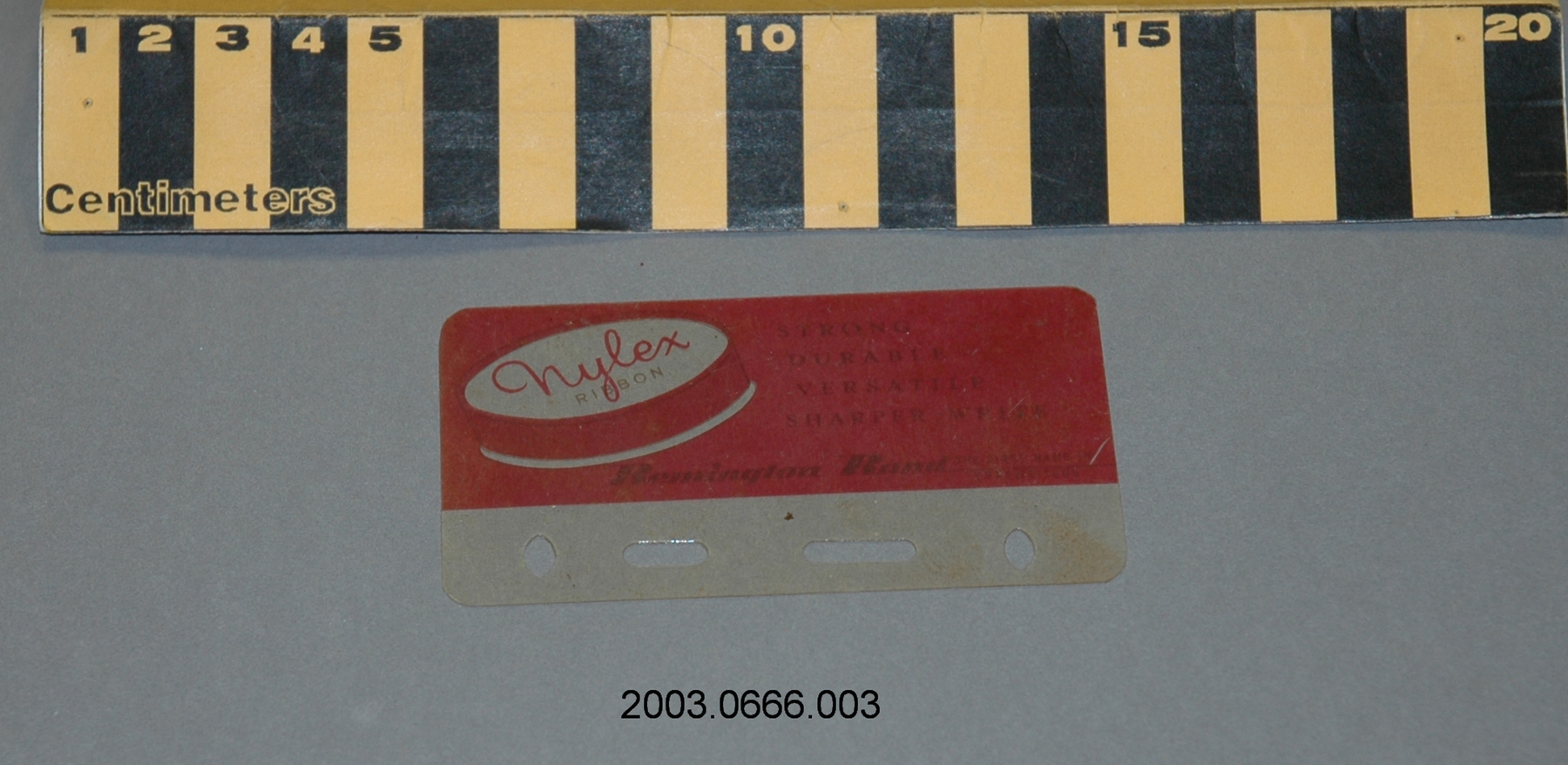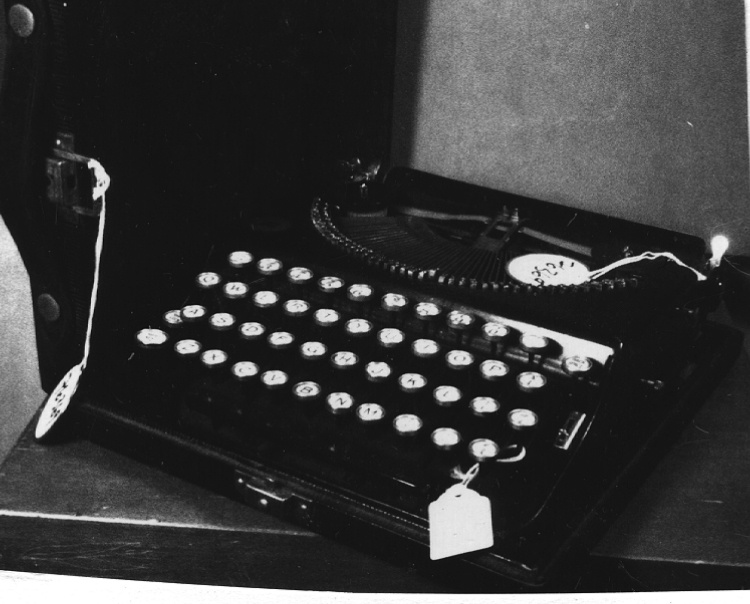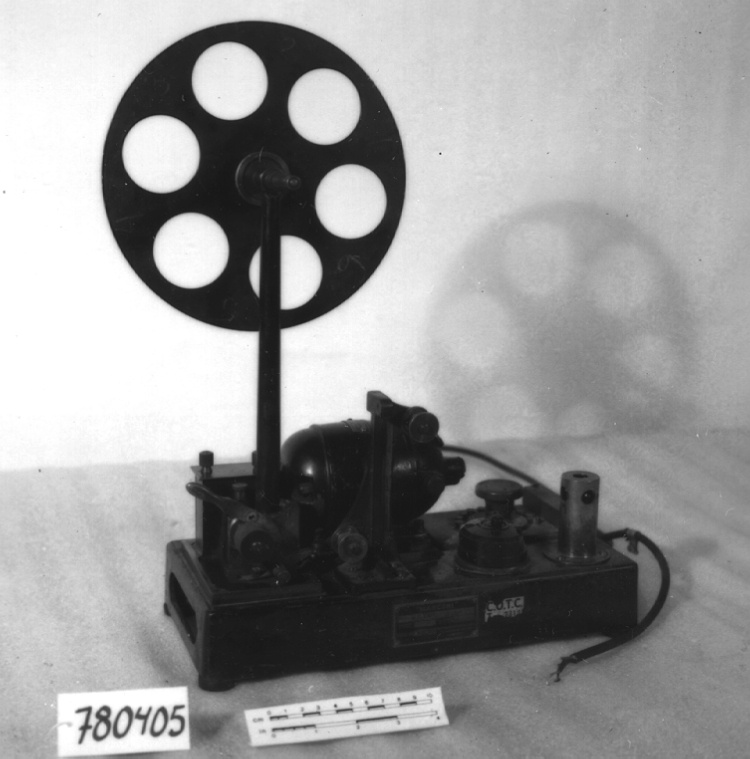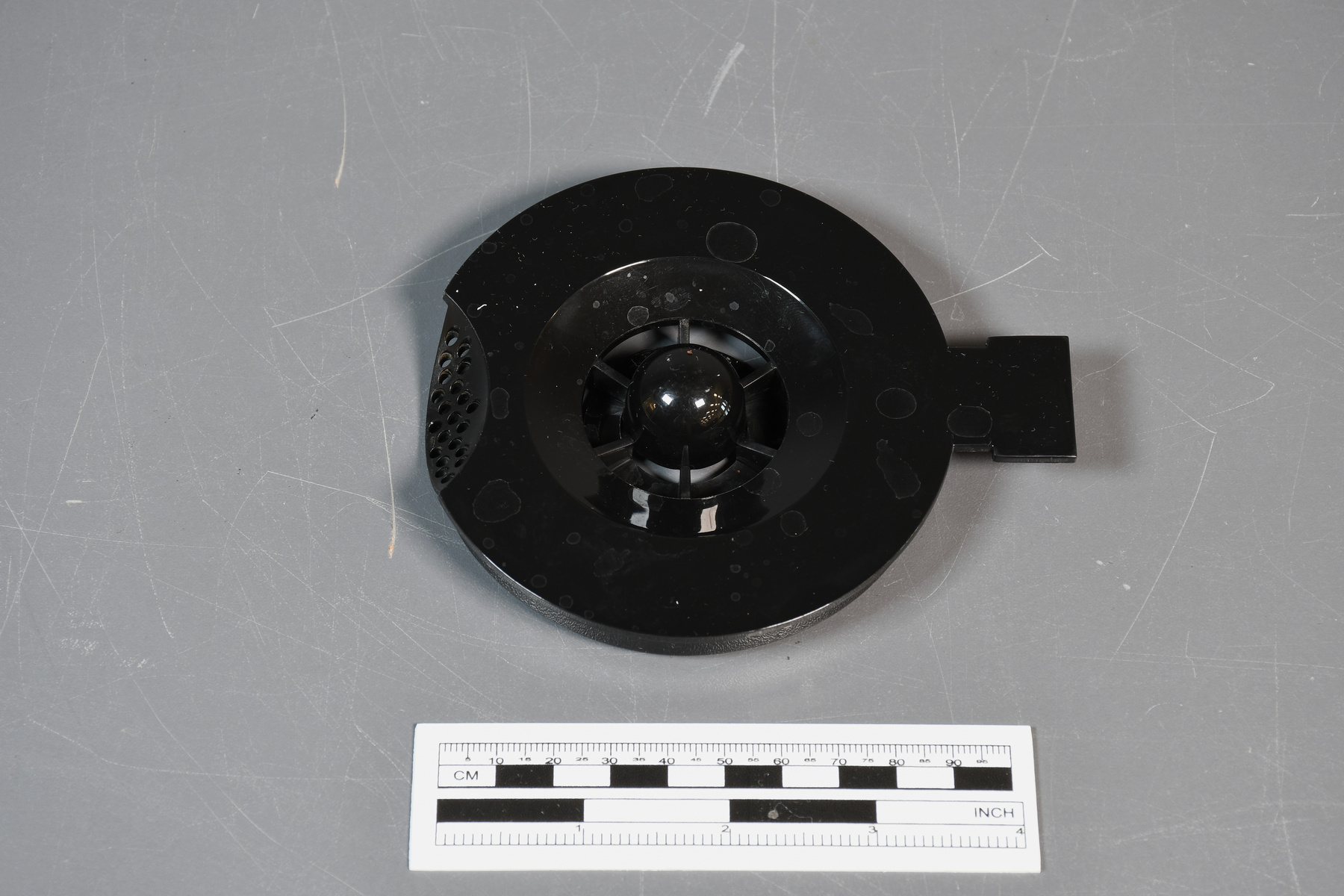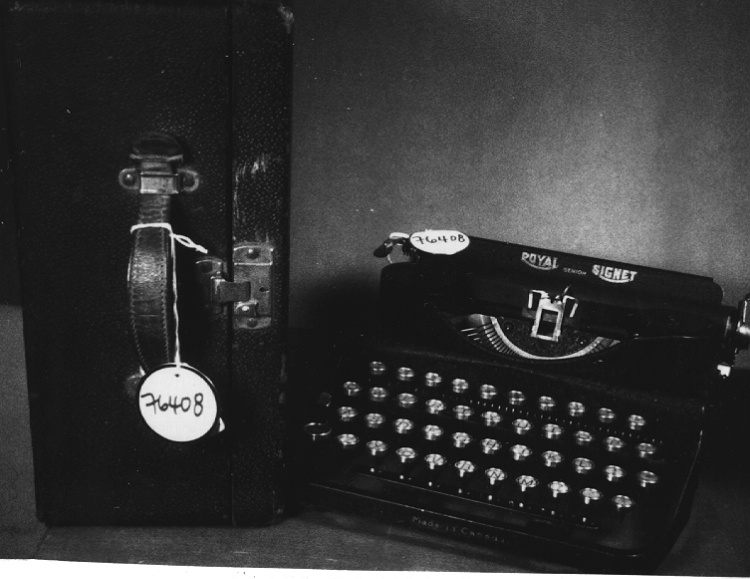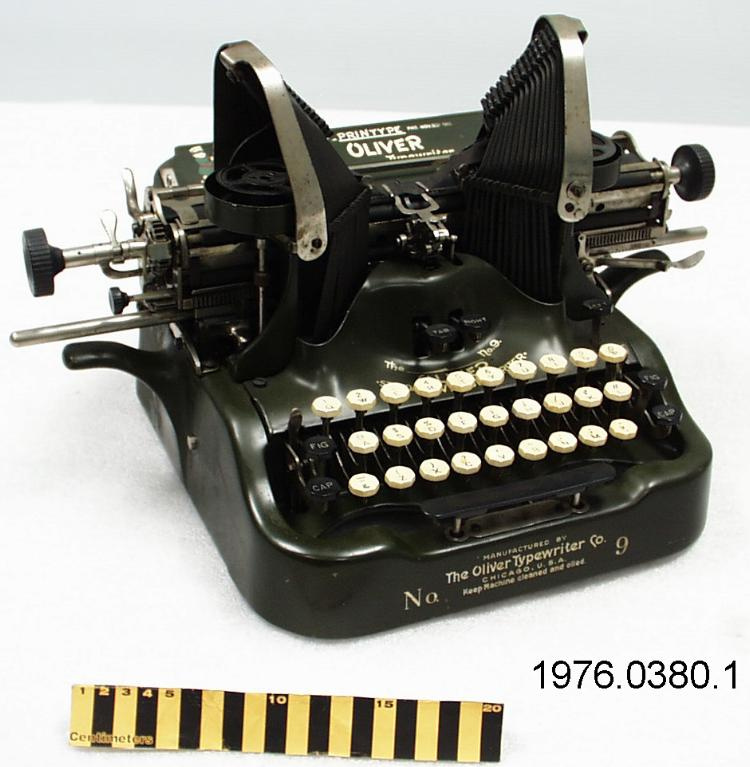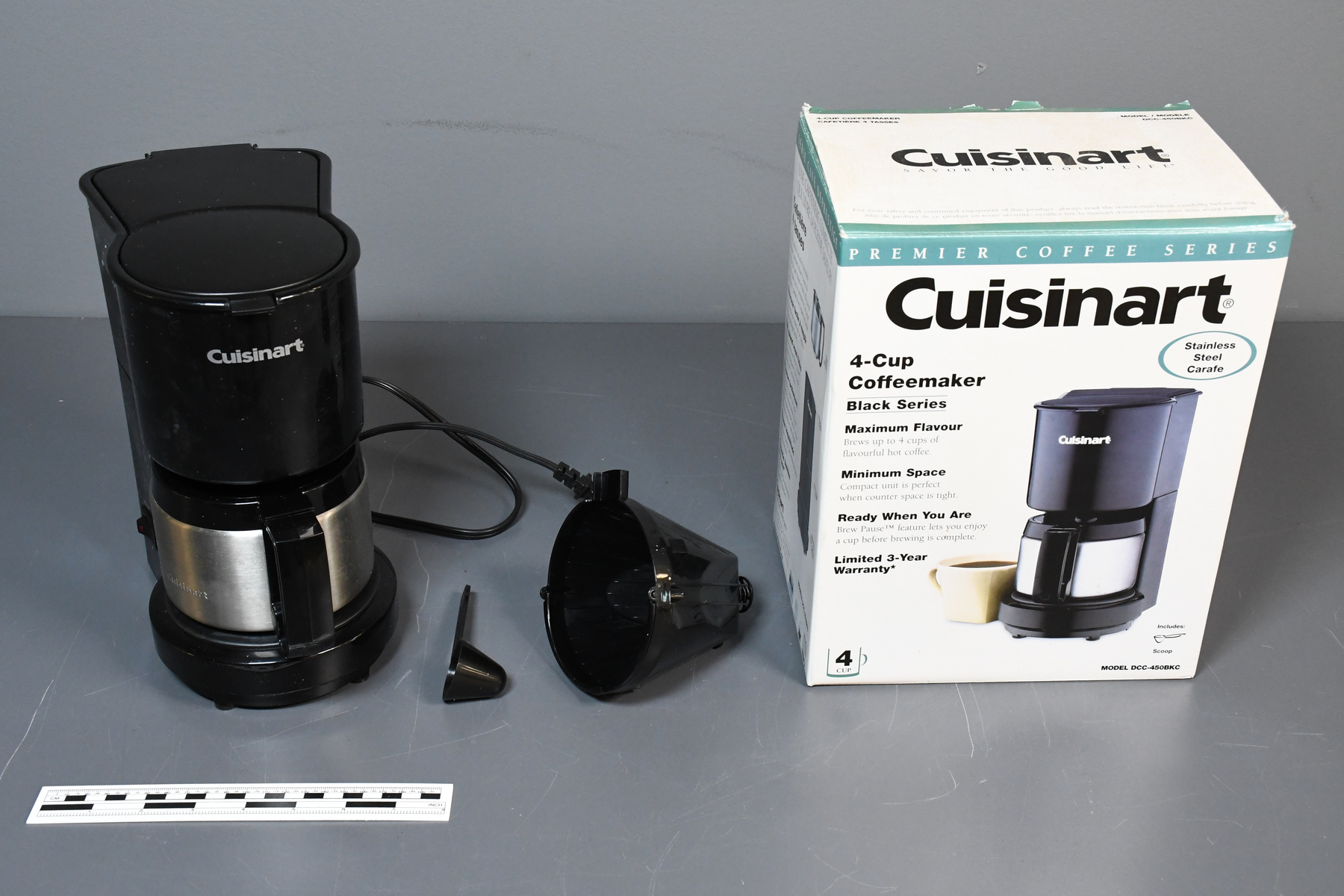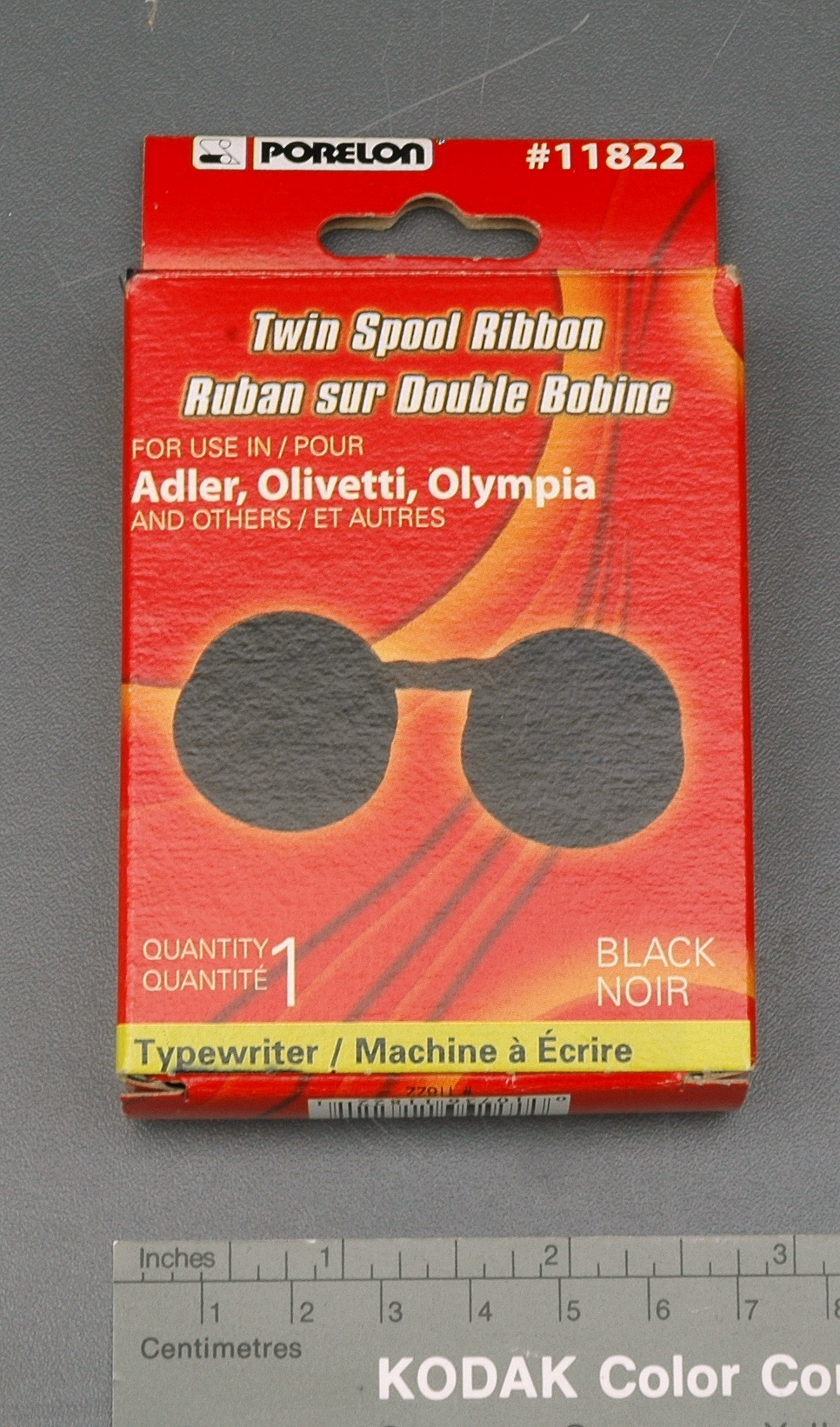Boîte à ruban pour machines à écrire
Utiliser cette image
Puis-je réutiliser cette image sans autorisation? Oui
Les images sur le portail de la collection d’Ingenium ont la licence Creative Commons suivante :
Copyright Ingenium / CC BY-NC-ND (Attribution-NonCommercial 4.0 International (CC BY-NC 4.0)
ATTRIBUER CETTE IMAGE
Ingenium,
2012.0087.003
Permalien:
Ingenium diffuse cette image sous le cadre de licence Creative Commons et encourage son téléchargement et sa réutilisation à des fins non commerciales. Veuillez mentionner Ingenium et citer le numéro de l’artefact.
TÉLÉCHARGER L’IMAGEACHETER CETTE IMAGE
Cette image peut être utilisée gratuitement pour des fins non commerciales.
Pour un usage commercial, veuillez consulter nos frais de reproduction et communiquer avec nous pour acheter l’image.
- TYPE D’OBJET
- S/O
- DATE
- 2006
- NUMÉRO DE L’ARTEFACT
- 2012.0087.003
- FABRICANT
- Porelon
- MODÈLE
- 11822
- EMPLACEMENT
- Cookeville, Tennessee, United States of America
Plus d’information
Renseignements généraux
- Nº de série
- S/O
- Nº de partie
- 3
- Nombre total de parties
- 3
- Ou
- S/O
- Brevets
- S/O
- Description générale
- Card stock construction
Dimensions
Remarque : Cette information reflète la taille générale pour l’entreposage et ne représente pas nécessairement les véritables dimensions de l’objet.
- Longueur
- 11,2 cm
- Largeur
- 6,7 cm
- Hauteur
- 2,8 cm
- Épaisseur
- S/O
- Poids
- S/O
- Diamètre
- S/O
- Volume
- S/O
Lexique
- Groupe
- Imprimerie
- Catégorie
- Composition
- Sous-catégorie
- S/O
Fabricant
- Ou
- Porelon
- Pays
- United States of America
- État/province
- Tennessee
- Ville
- Cookeville
Contexte
- Pays
- Canada
- État/province
- Ontario
- Période
- Inconnu
- Canada
-
This ribbon was used with an Underwood portable typewriter. This typewriter, which was made in Canada, was purchased by the donor's father c1950 - most likely in Ottawa, but possibly in Montreal. Her father had bought it for school as he was beginning studies at Carleton University. The donor, herself, was also a student at Carleton and also used the typewriter to type up her assignments. She noted that she was towards the very end of the generation using this kind of typewriter for school assignments, and her professors even remarked the distinct style of a mechanical typewriter when she submitted her assignments. She noted that many of the other students used electronic typewriters (and eventually early personal computers). While the donor believes that the ribbon currently on the typewriter is unlikely to be the original, she did mention that her father had a tendency to re-ink the ribbons. The Underwood Typewriter Company began in March of 1895 as the Wagner Typewriter Company when typewriter designer Franz Xavier Wagner brought this design to John T. Underwood, who manufactured carbon paper, ribbons, and inks (the company's name would change to the Underwood Typewriter Company within the first few years). In 1926, the company merged with Elliott Fischer to form the Underwood Elliott Fischer Company. In 1945, after having produced over 1.7 million M1 carbine barrels for the War effort, the company became known as the Underwood Corporation. After beginning to collaborate with Olivetti in the late-1950s, Underwood became completely controlled by Olivetti in the 1960s. In 1896, John Joseph Seitz started the Underwood Typewriter Company of Canada in Toronto in order to begin to bring the new technology to Canada. In 1898, Seitz had obtained a three-year contract that would see the company handle fifteen Underwood machines per month - a number that would grow into the thousands by the mid-1950s. By the late 1950s, Underwood Limited had branch offices in 41 major Canadian cities as well as several smaller cities. While it is unclear which cities manufactured typewriters (and hence where exactly this particular typewriter could have been made), it is clear from a c1959 article in the Canadian Register of Commerce and Industry (held by the libraries at the University of Western Ontario) that head offices and the majority of operations were in Toronto, and in the 1920s, large expansions were made in Toronto, including a five-story factory built on Madison Avenue. (Taken from the worksheet) - Fonction
-
Contains a twin spool typewriter ribbon. - Technique
-
The Leader was among a generation of Underwood portables produced during the 1940s and 50s. It is a fairly light, front stroke, four bank machine. Being a portable typewriter, the Leader is a very simple and basic model. Unlike some of its contemporaries, Leader does not have touch control, tabulator, or a ribbon selector. It also lacks a number '1' key, though this was not an uncommon space-saving practice for portable typewriters, as the lowercase 'L' could be used as a '1'. Curiously, however, it does have a zero key (where others might use a capital 'O' for a zero). One source notes that, relative to the previous generation of Underwood machines "these are characterized by a more contained shape, with solid top cover, but are not yet radically altered -- although the application of crinkle paint and offsetting flat enamel and chrome elements leads one to think they are. One major difference was that the machines' ribbon spools did not move with the carriage when shifted, as they did on most pre-war models." The first portable typewriter was invented and first produced by George Blickensderfer in the late 1800s. In 1897, Blickensderfer improved upon his first small model (produced in 1893) by placing it in a carrier box or bag, thus making it the first truly portable typewriter. This was further improved upon a few years later with the use of a lightweight aluminum frame. Portable typewriters, which have fewer parts, fewer keys, and smaller and lighter frames than standard typewriters, became quite common and popular as of the 1910s and 1920s. (Taken from the worksheet) - Notes sur la région
-
Inconnu
Détails
- Marques
- On front: "PORELON #11822/ Twin Spool Ribbon/ Ruban sur Double Bobine/ FOR USE IN/POUR/ ADLER, OLIVETTI, OLYMPIA/ AND OTHERS/ET AUTRES/ QUANTITY/ QUANTITÉ 1/ BLACK/ NOIR/ Typewriter / Machine à Écrire"/ On back: "For/Pour:/ Adler; Brother; Olivetti; Olympia; Sears;/ Underwood: All models requiring twin spool/ Toutes les modèles nécessitant un ruban suré double bobine/ Brand name and model designations shown on this/ package are intented only to show compatibility of thisé Porelon product. Porelon products are not associated/ with or endorsed by such companies./ Les désignations de marque et de modèle indiquées sur/ ce paquet ont pour but de montrer la compatibilité de/ ce produit Porelon. Les produits Porelon ne sont ni/ associés à de telles compagnies, ni endossés par celles-ci./ [LOGO] Porelon/ 1480 Gould Drive/ Cookeville, TN 38506/ (800)451-8075/ www.porelon.com/ [copyright] 2006/ Made in U.S.A 1/2 inch x 28.5 feet/ Fabriqué aux É.-U. 1/2 po x 28,5 pi
- Manque
- Appears complete
- Fini
- Red packaging with graphics and white writing.
- Décoration
- S/O
FAIRE RÉFÉRENCE À CET OBJET
Si vous souhaitez publier de l’information sur cet objet de collection, veuillez indiquer ce qui suit :
Porelon, Boîte à ruban pour machines à écrire, 2006, Numéro de l'artefact 2012.0087, Ingenium - Musées des sciences et de l'innovation du Canada, http://collections.ingeniumcanada.org/fr/id/2012.0087.003/
RÉTROACTION
Envoyer une question ou un commentaire sur cet artefact.
Plus comme ceci
